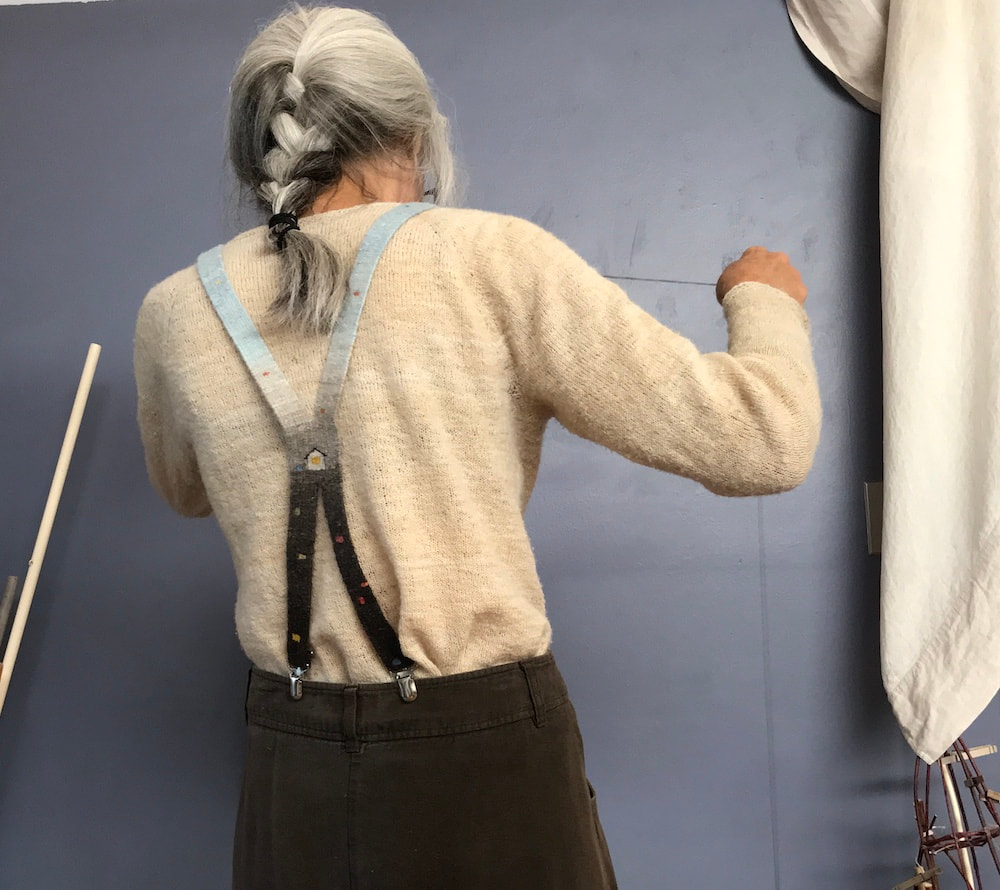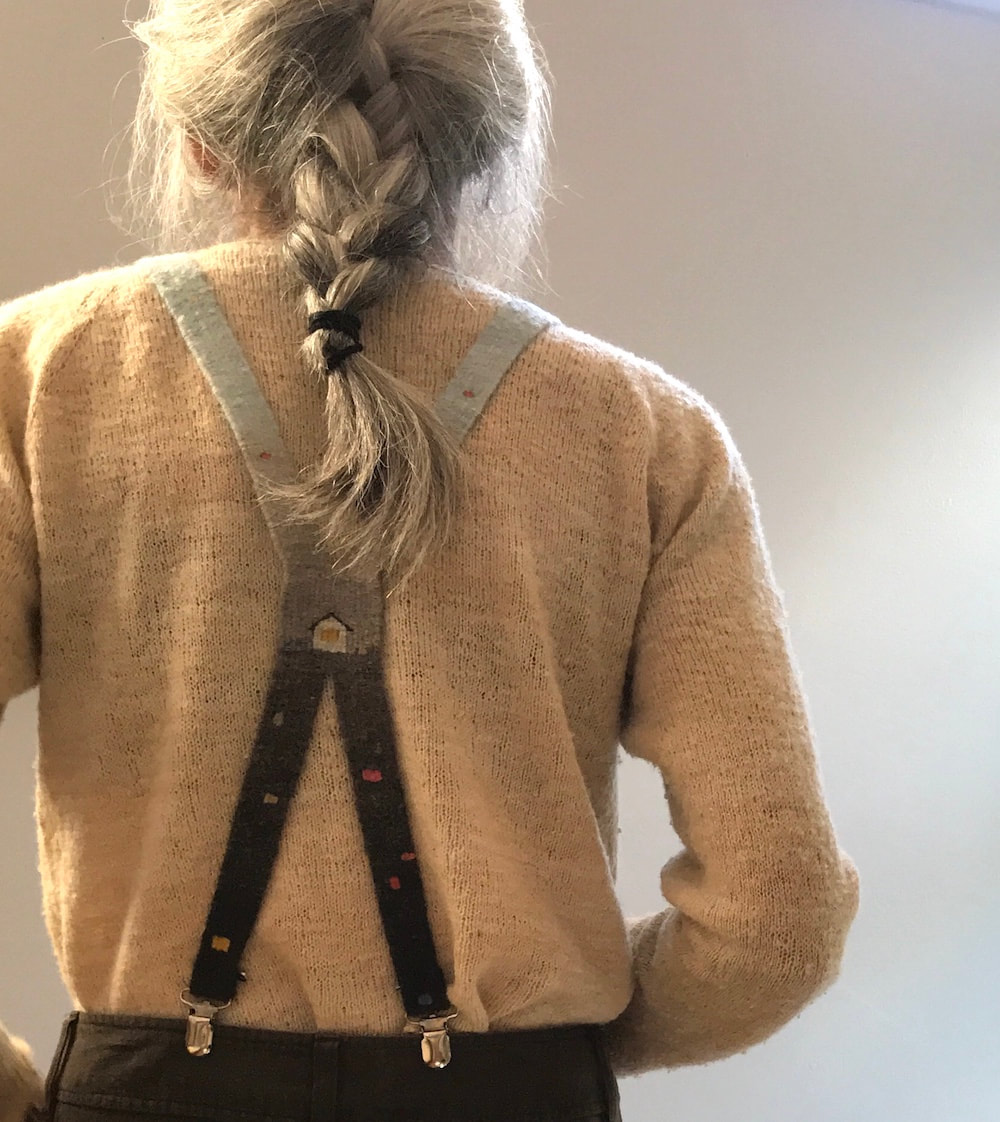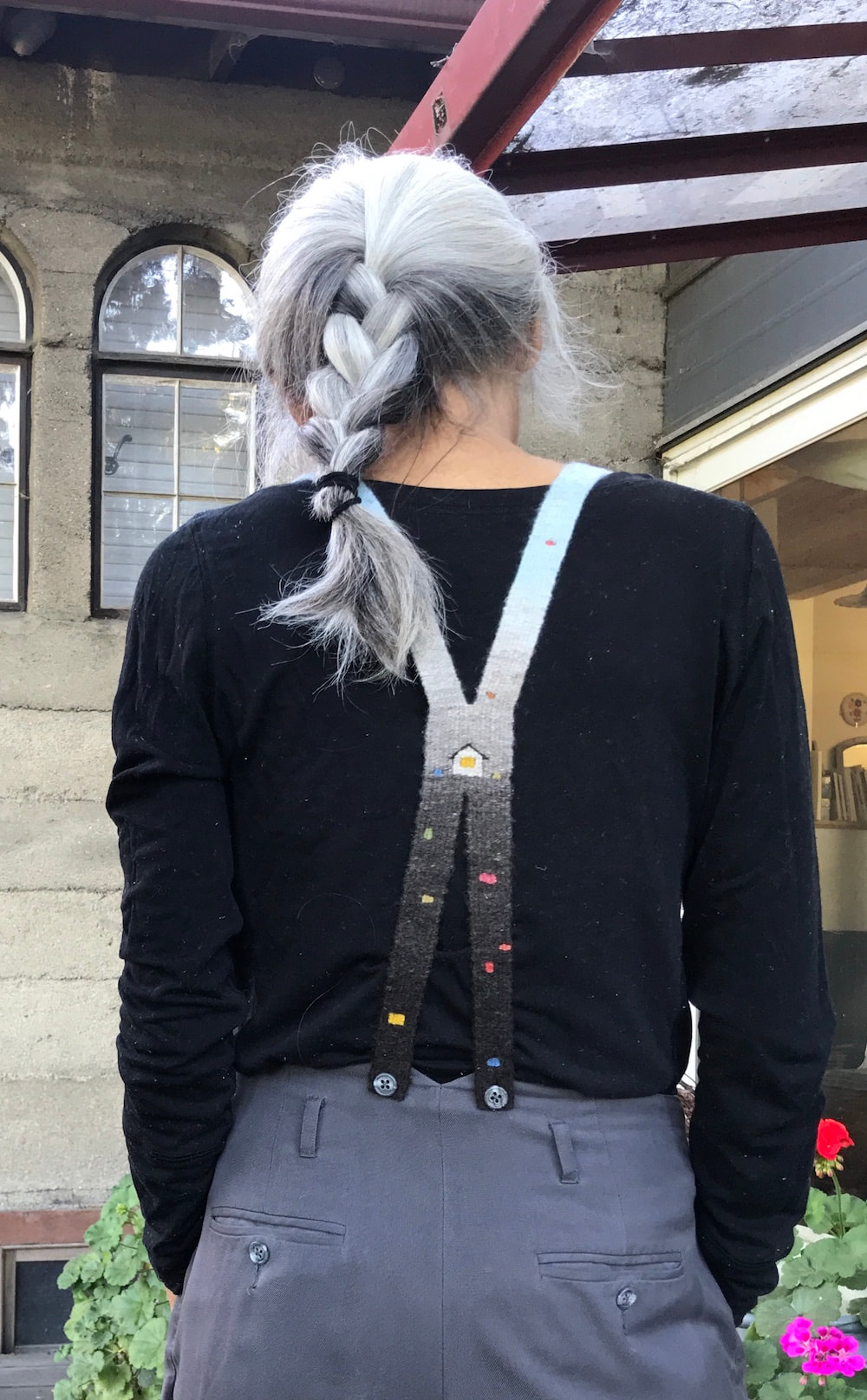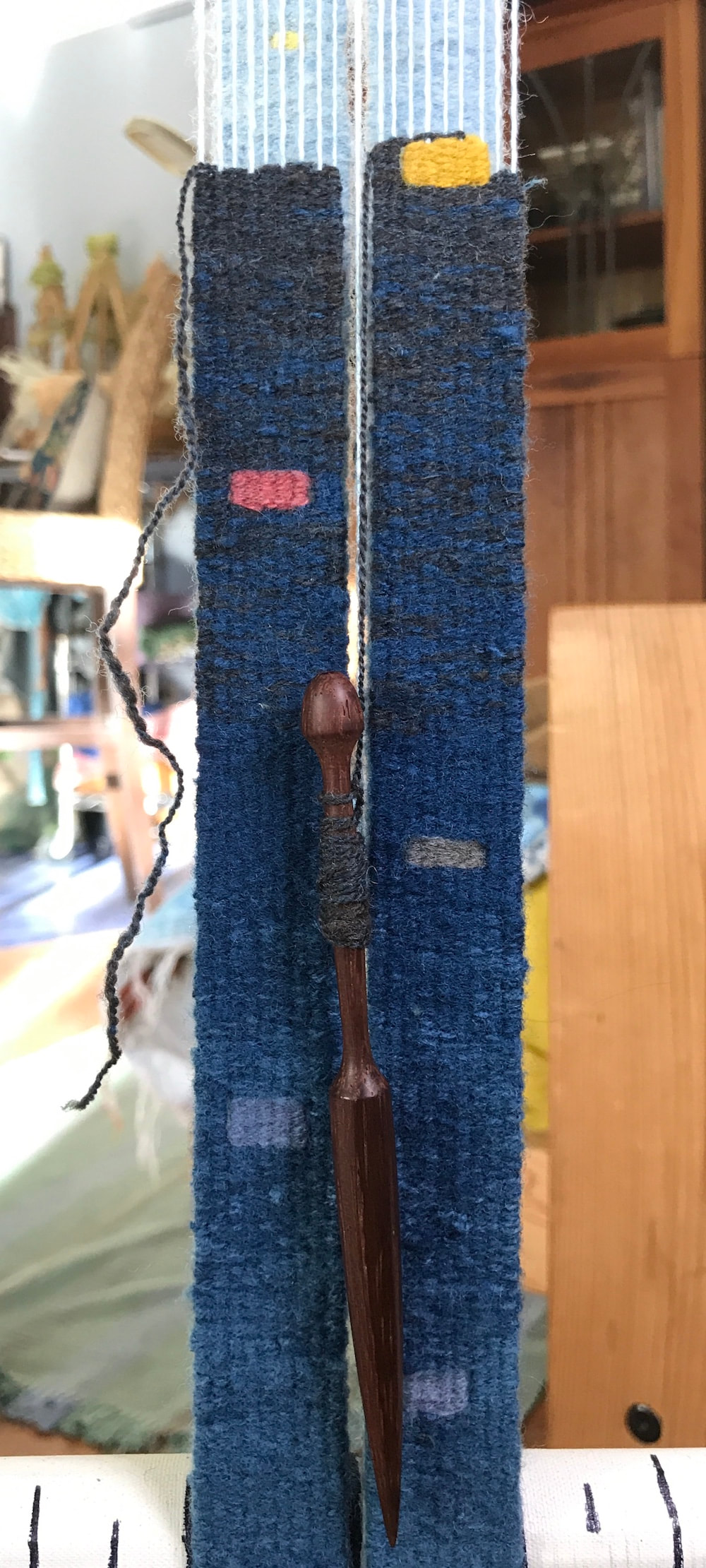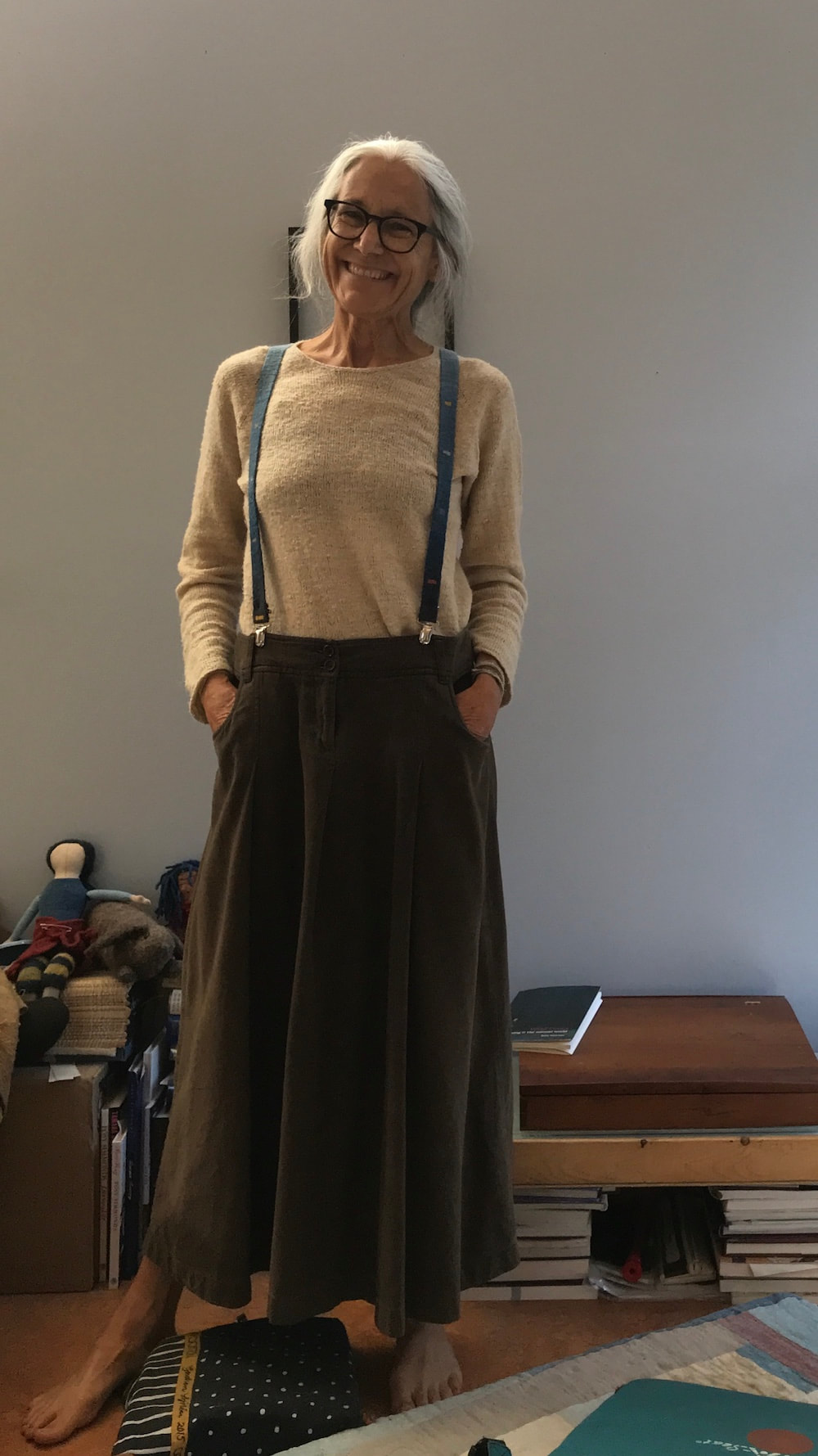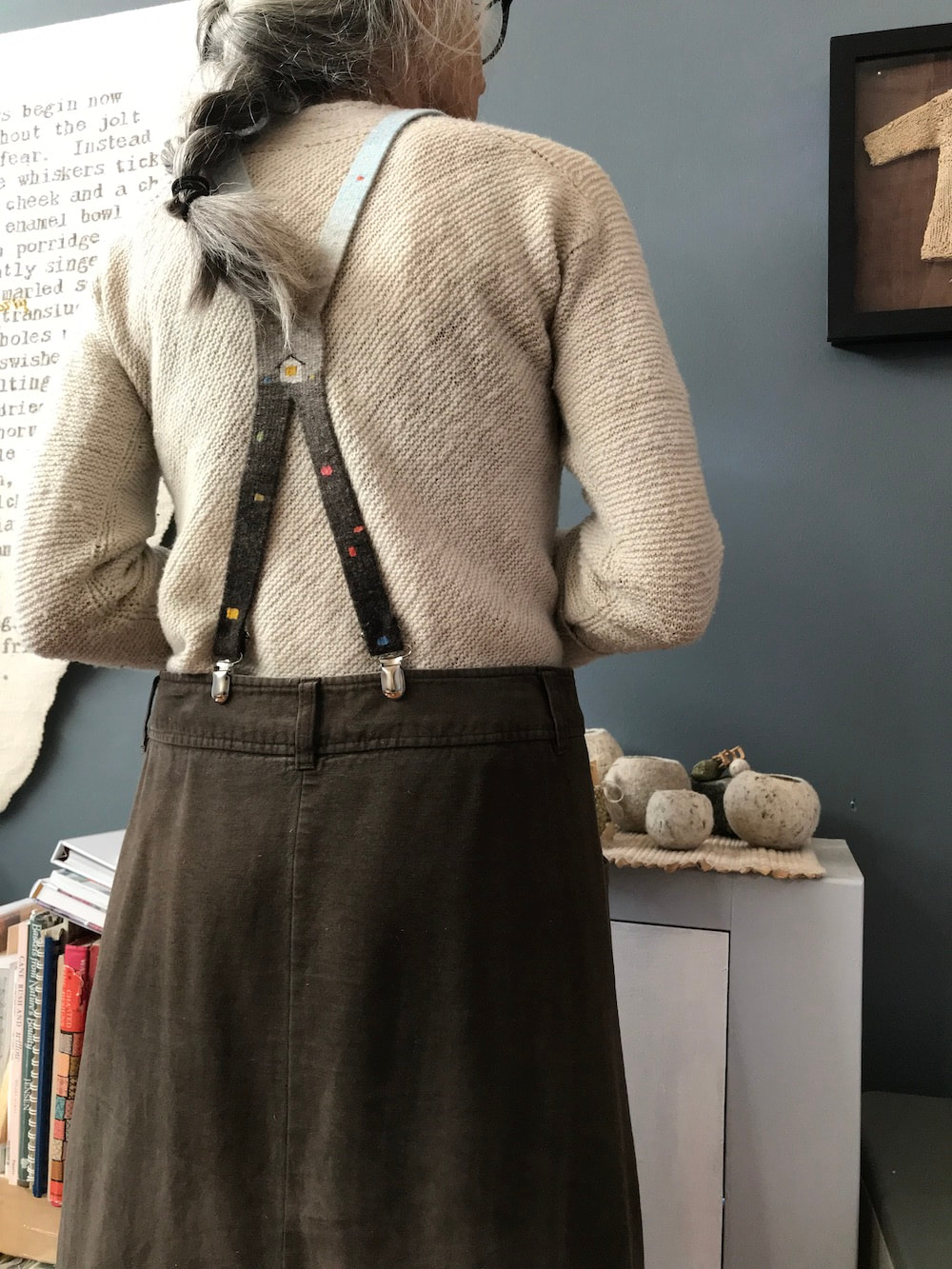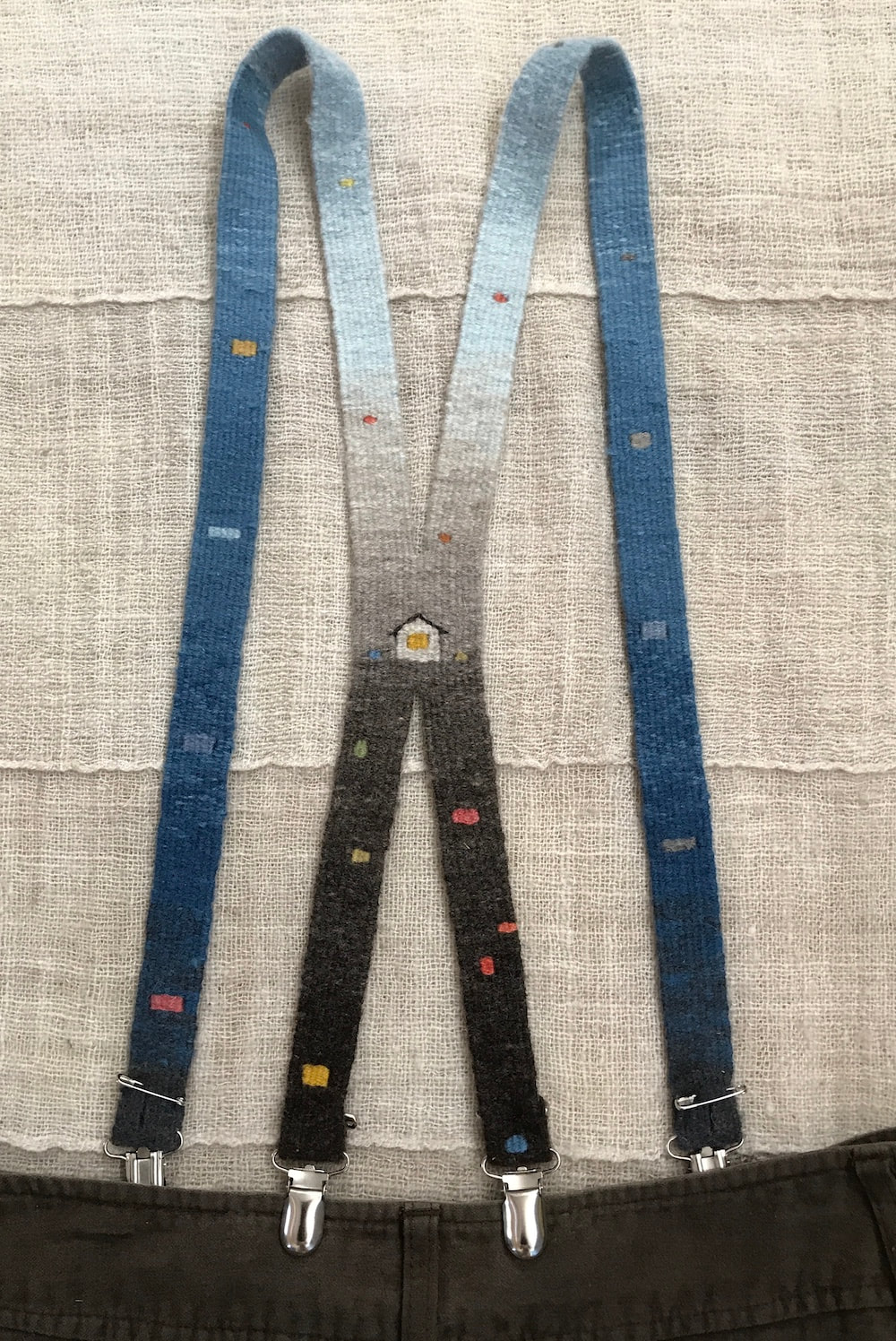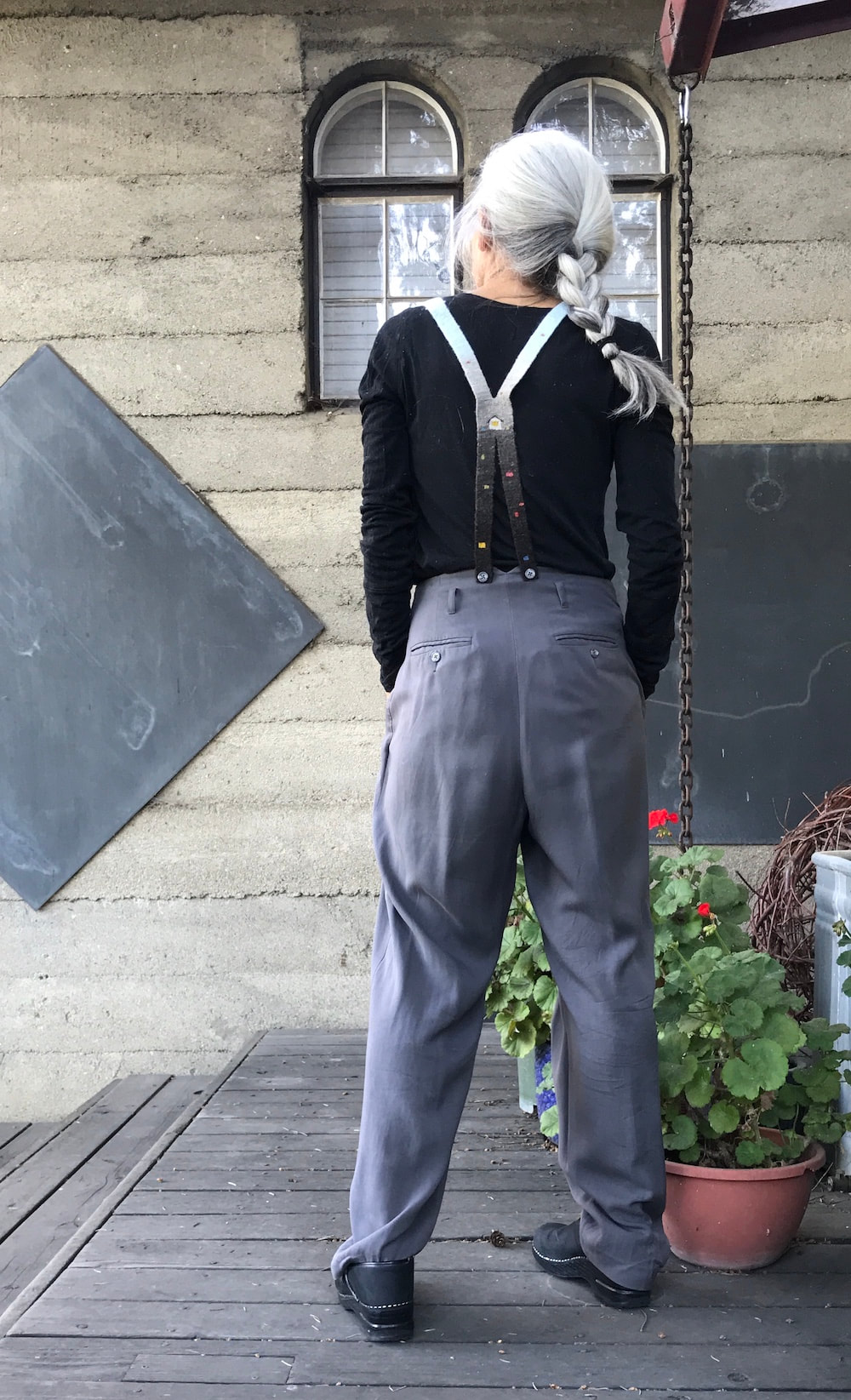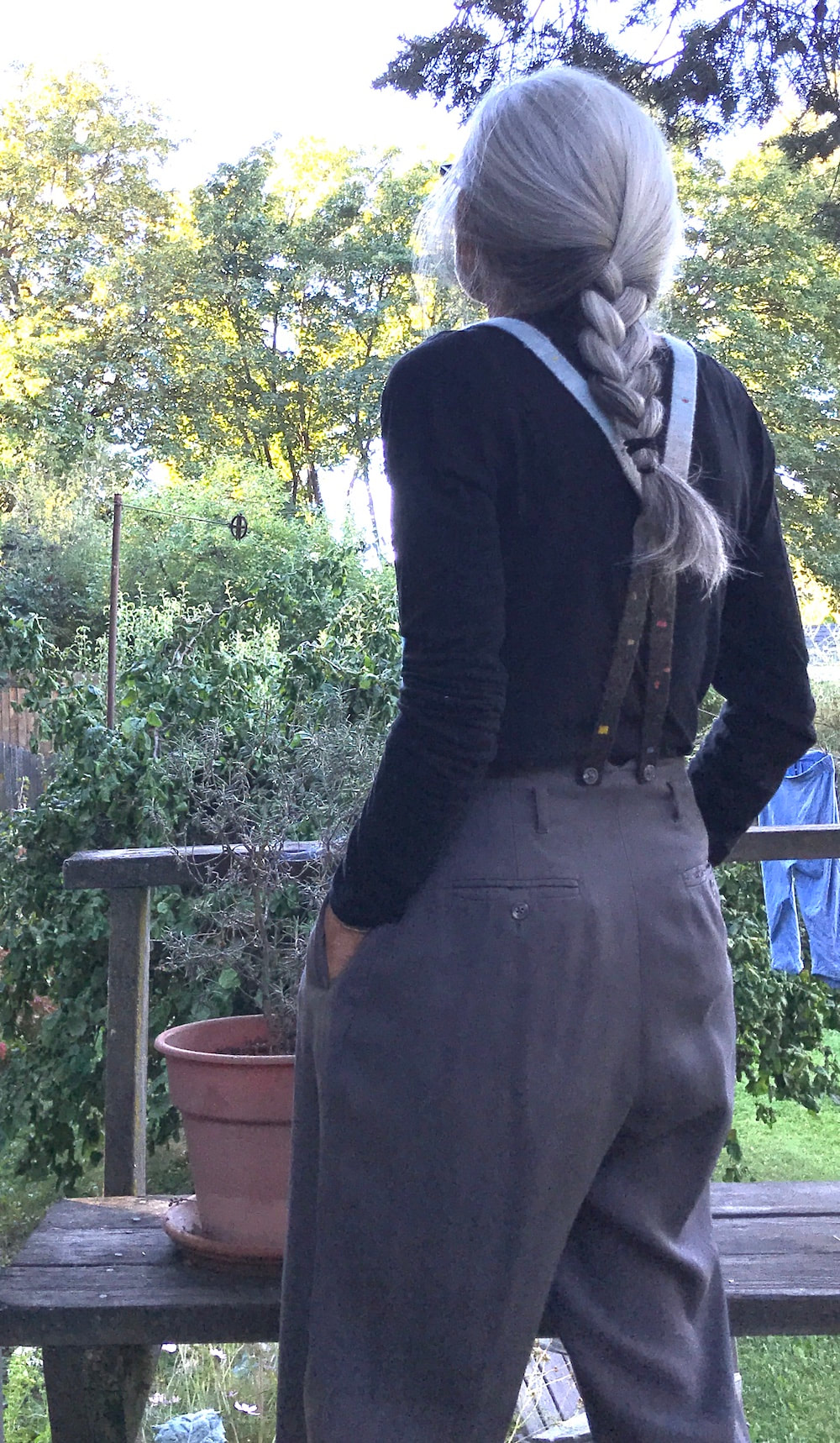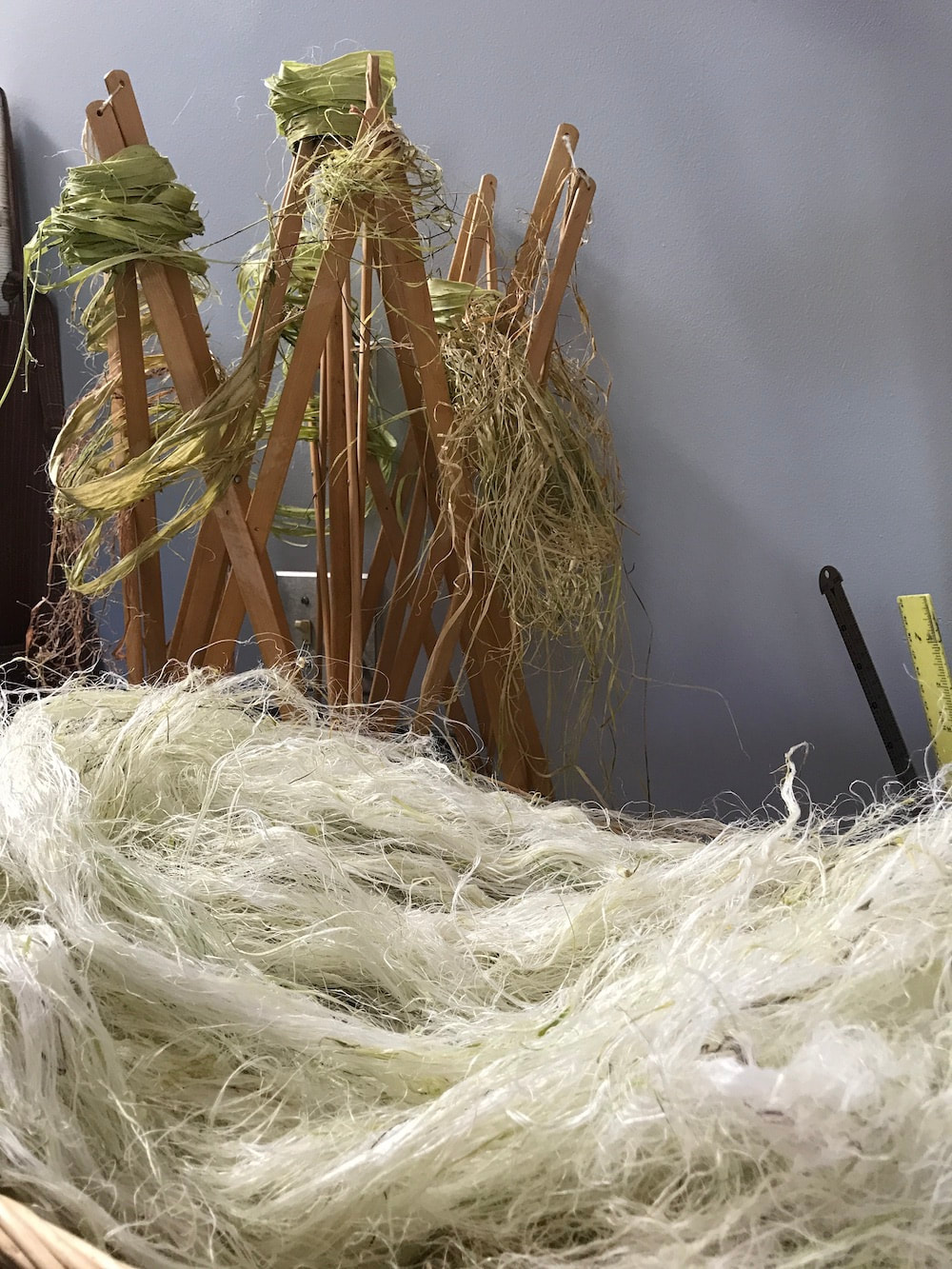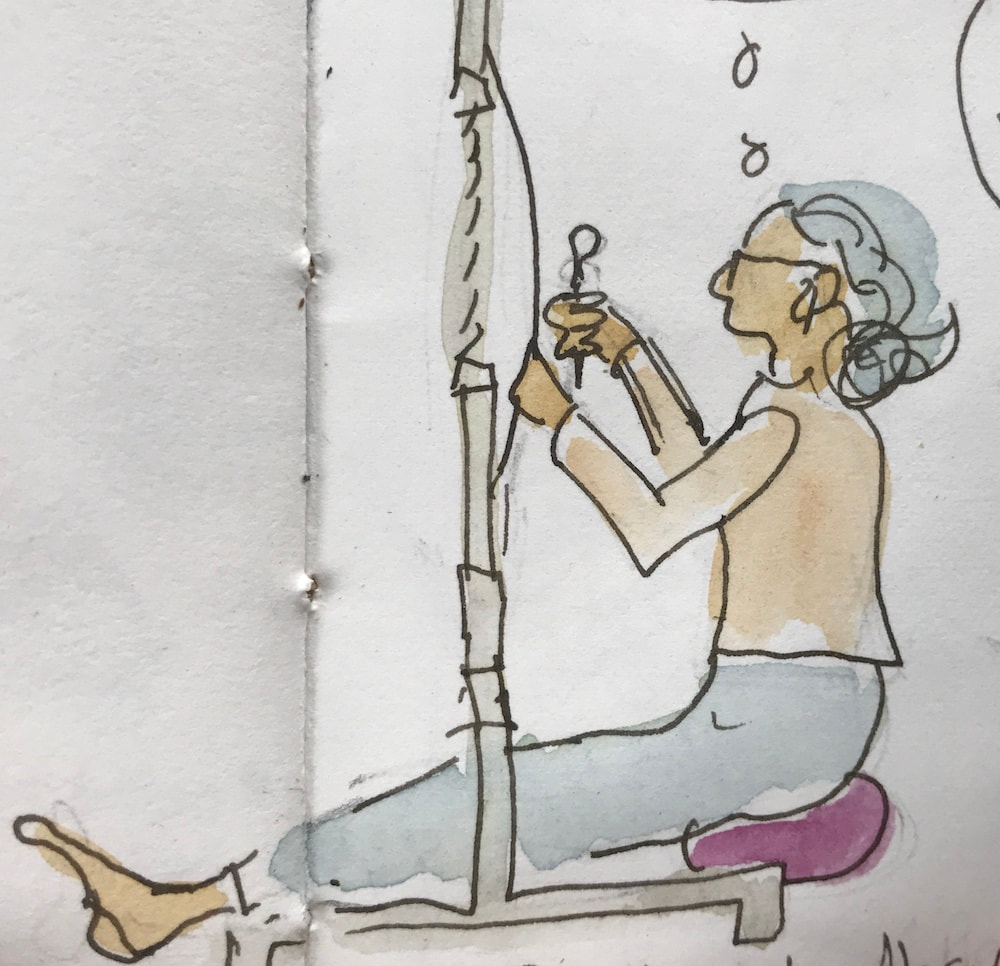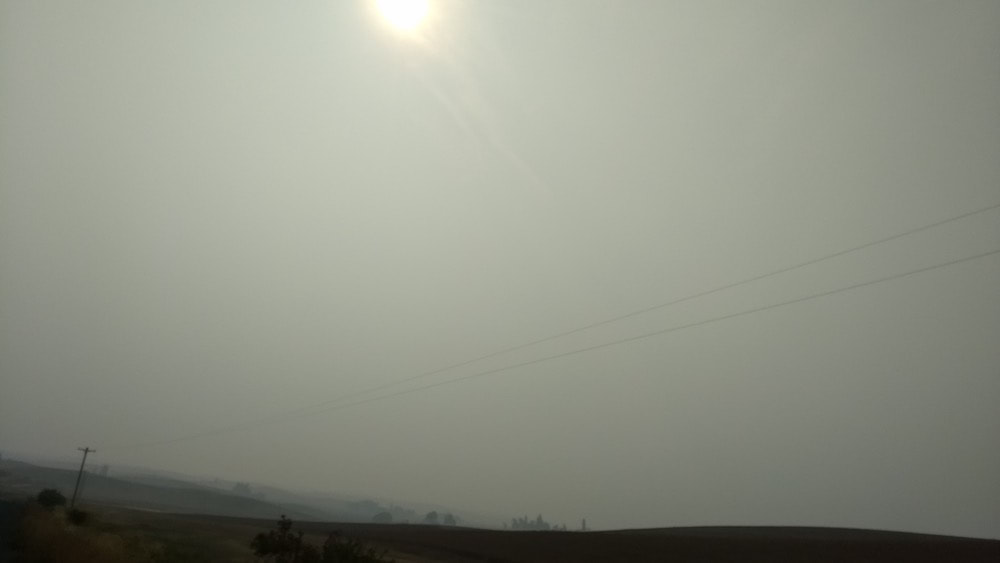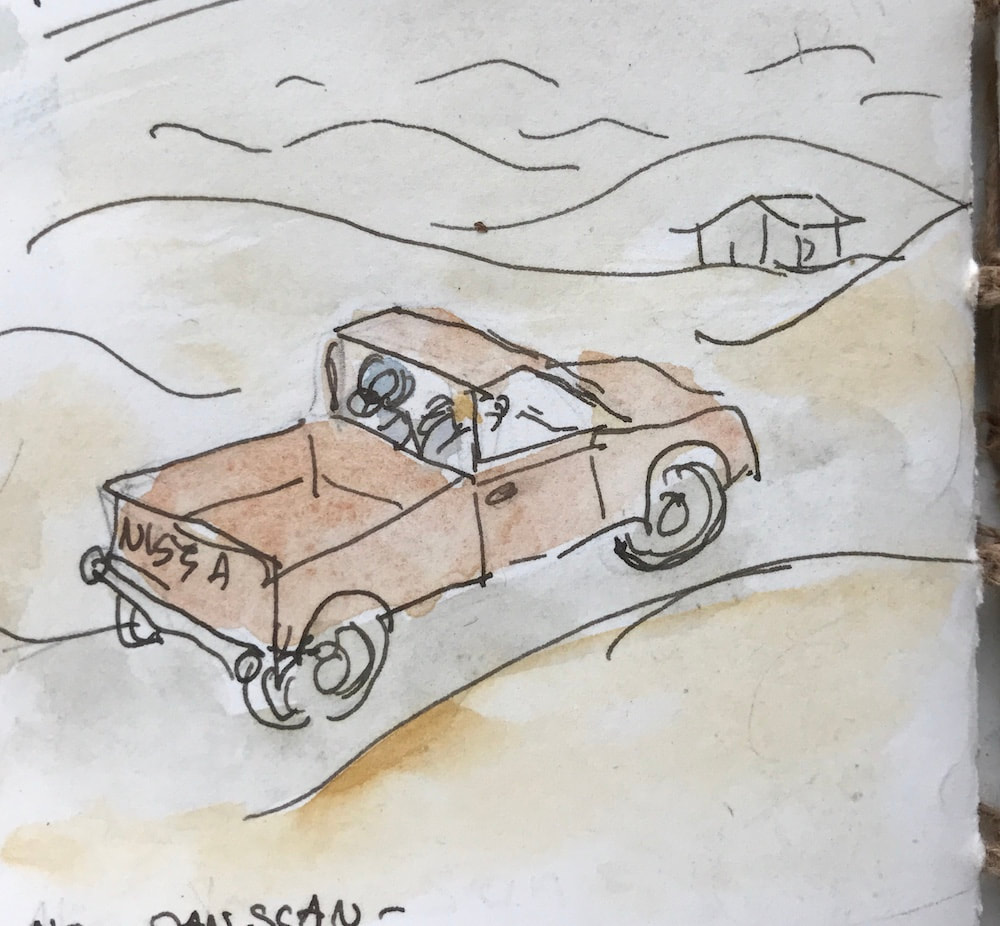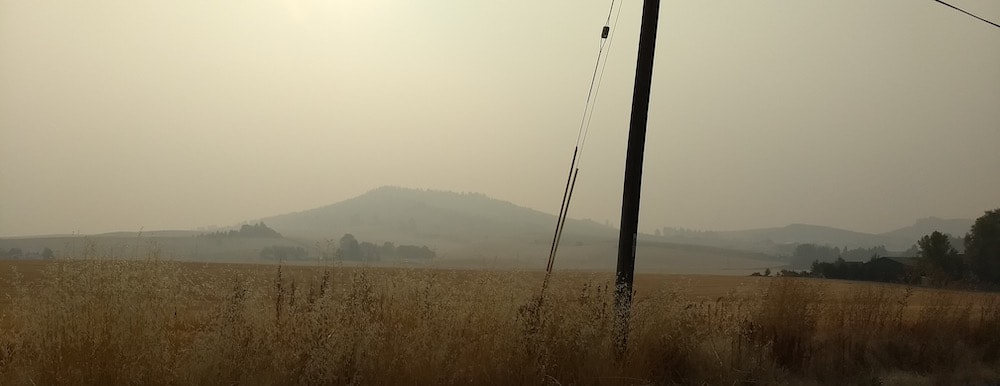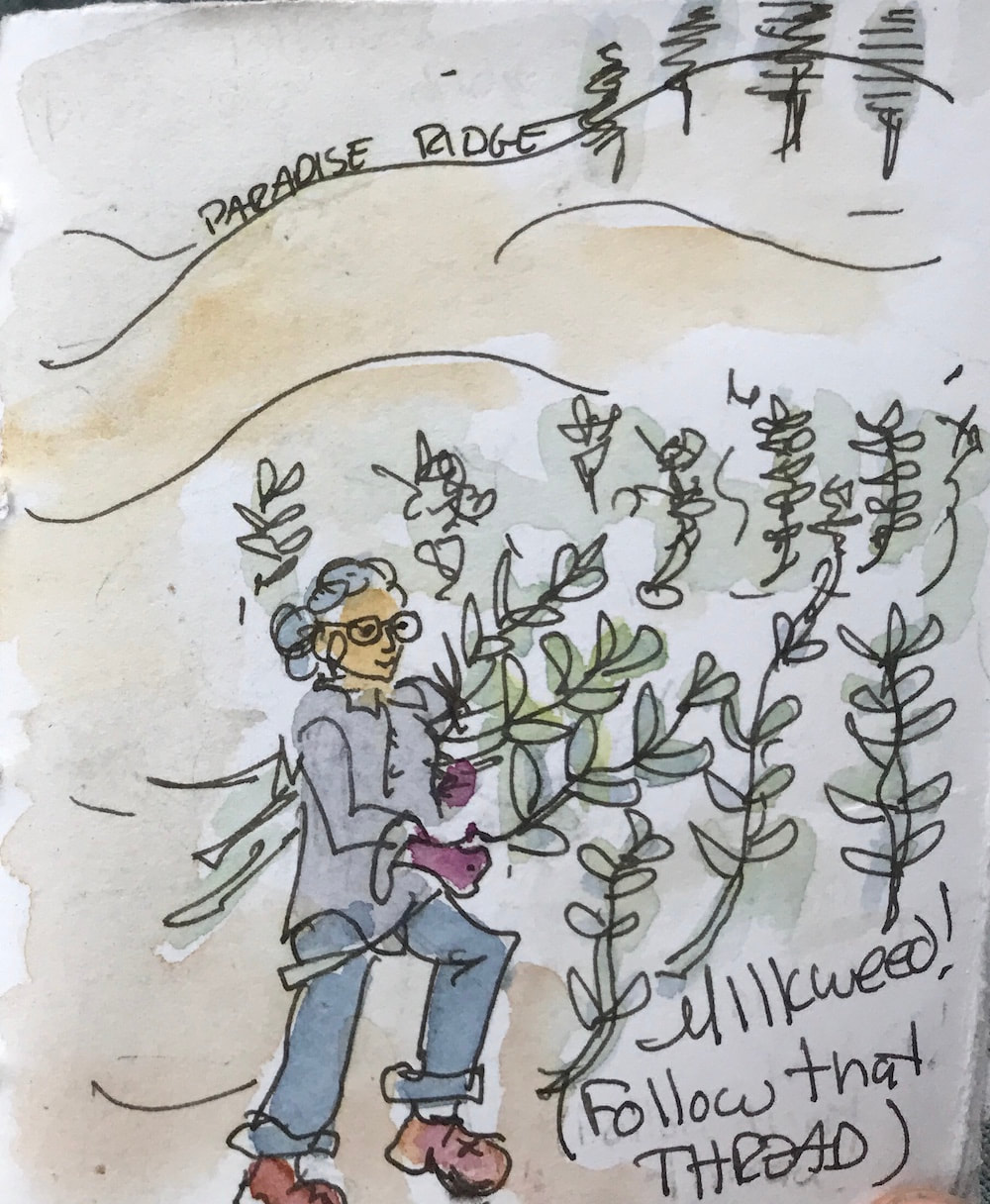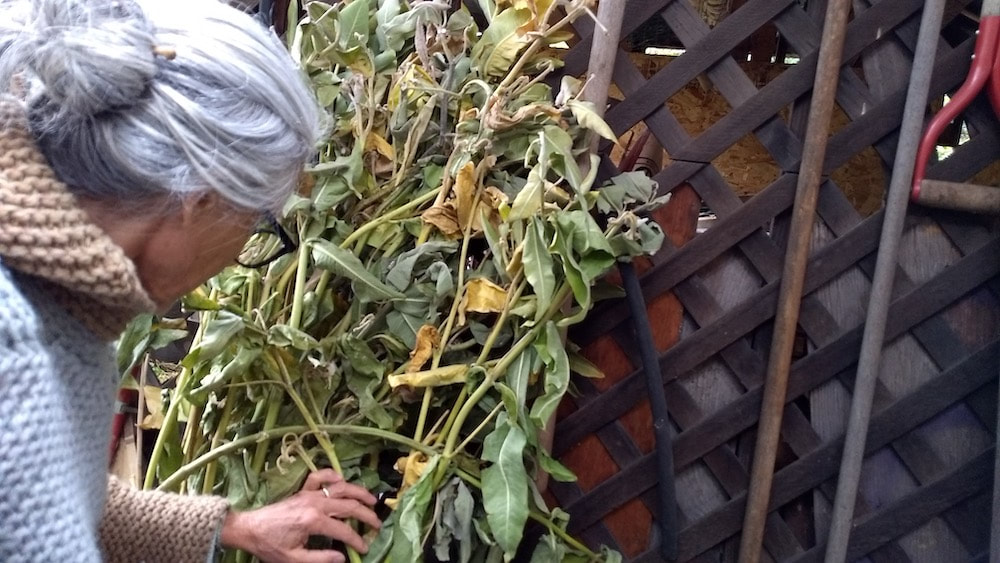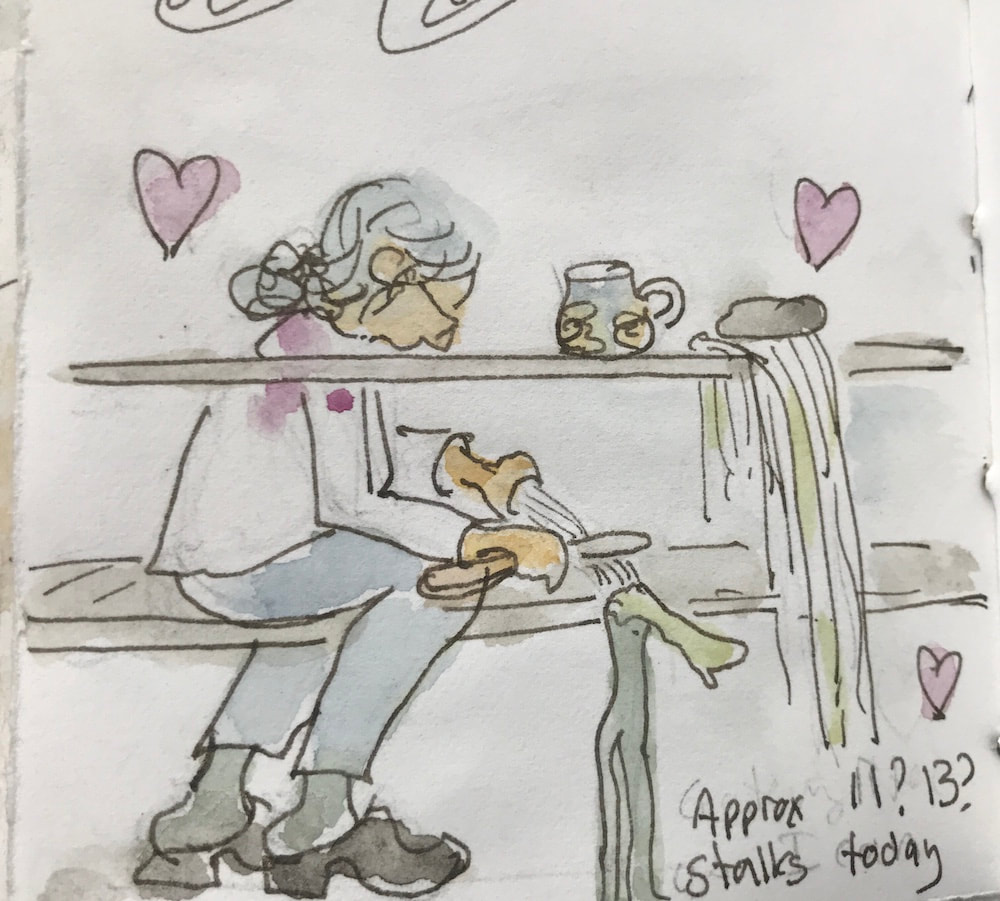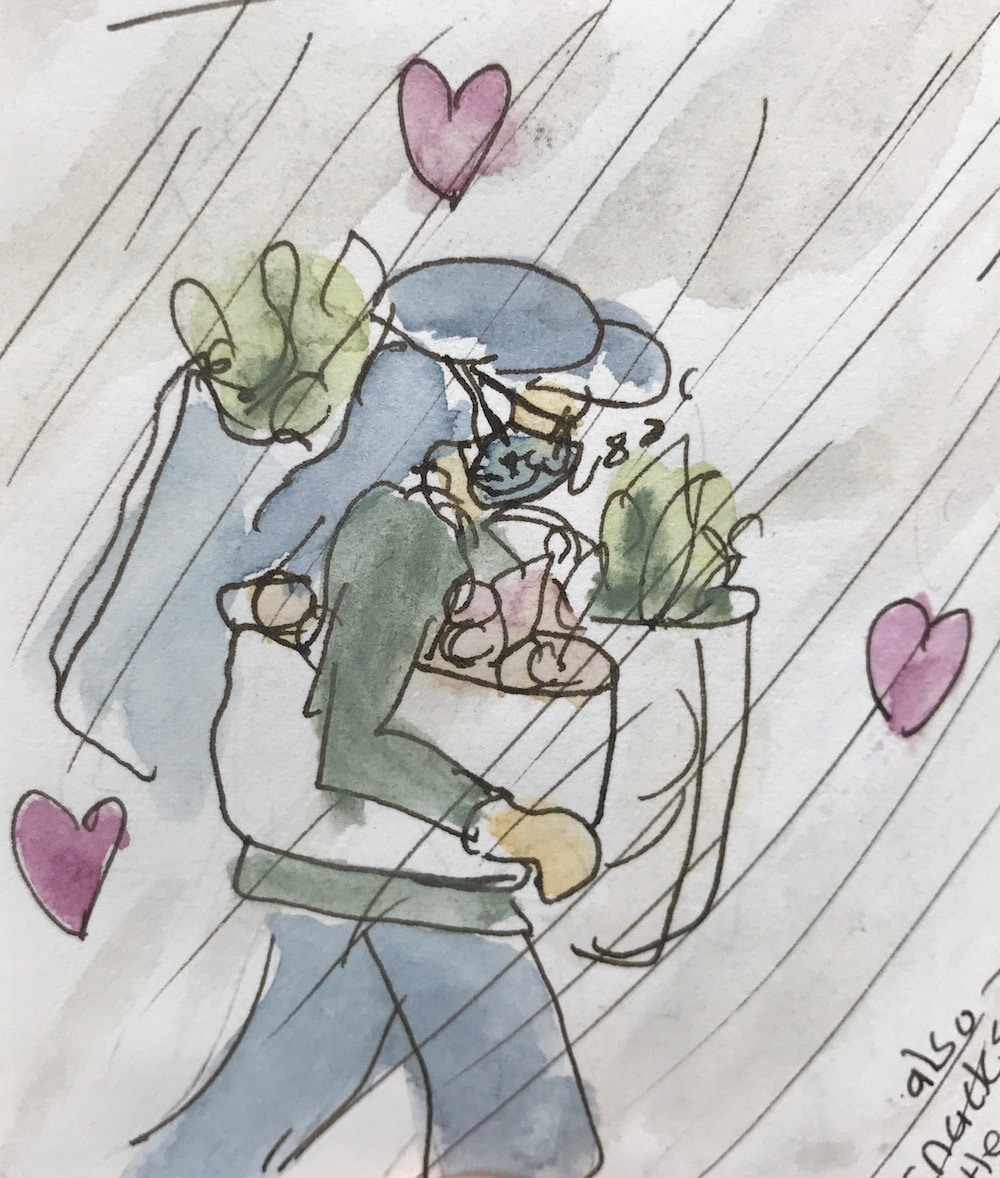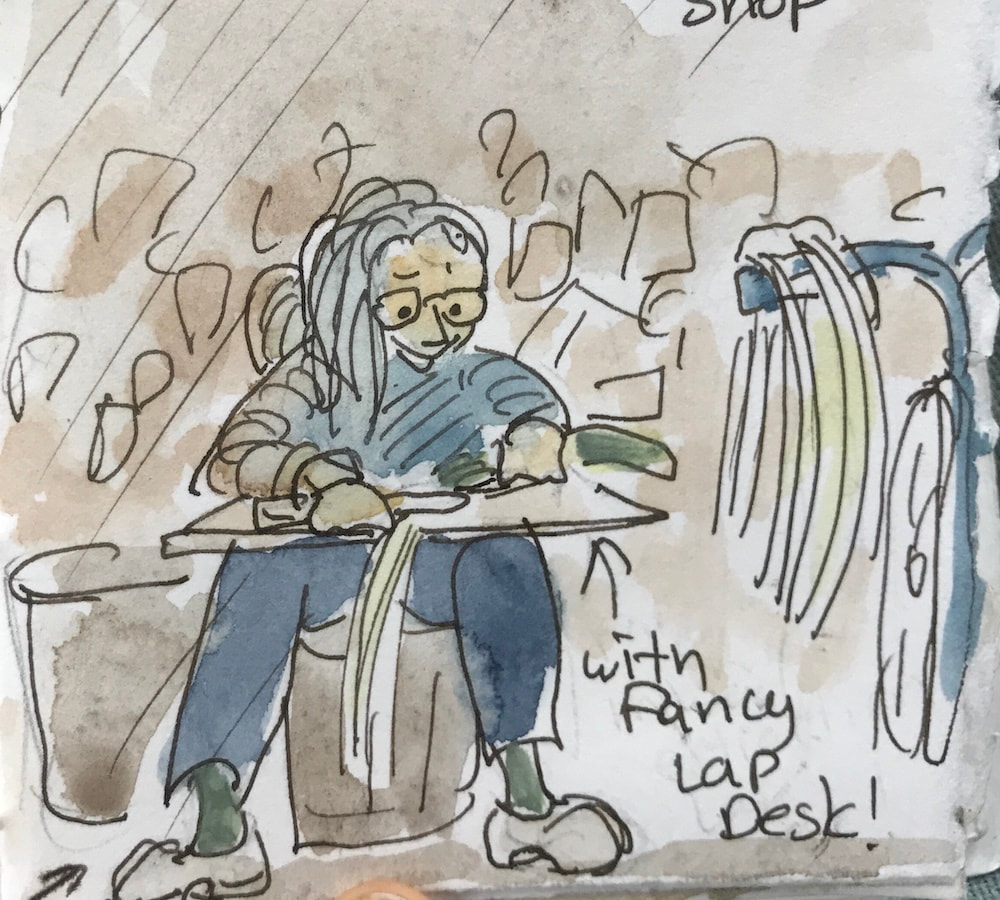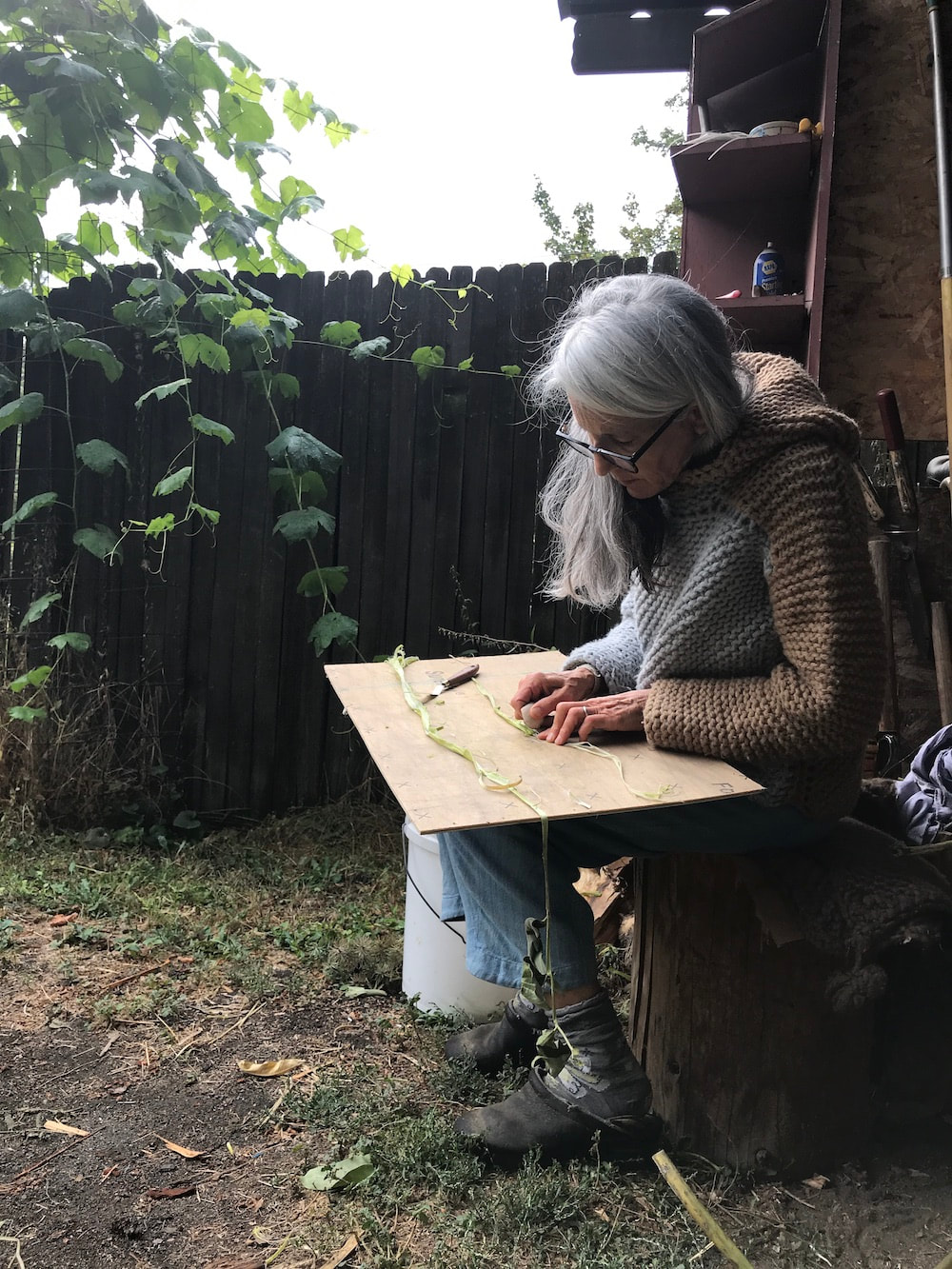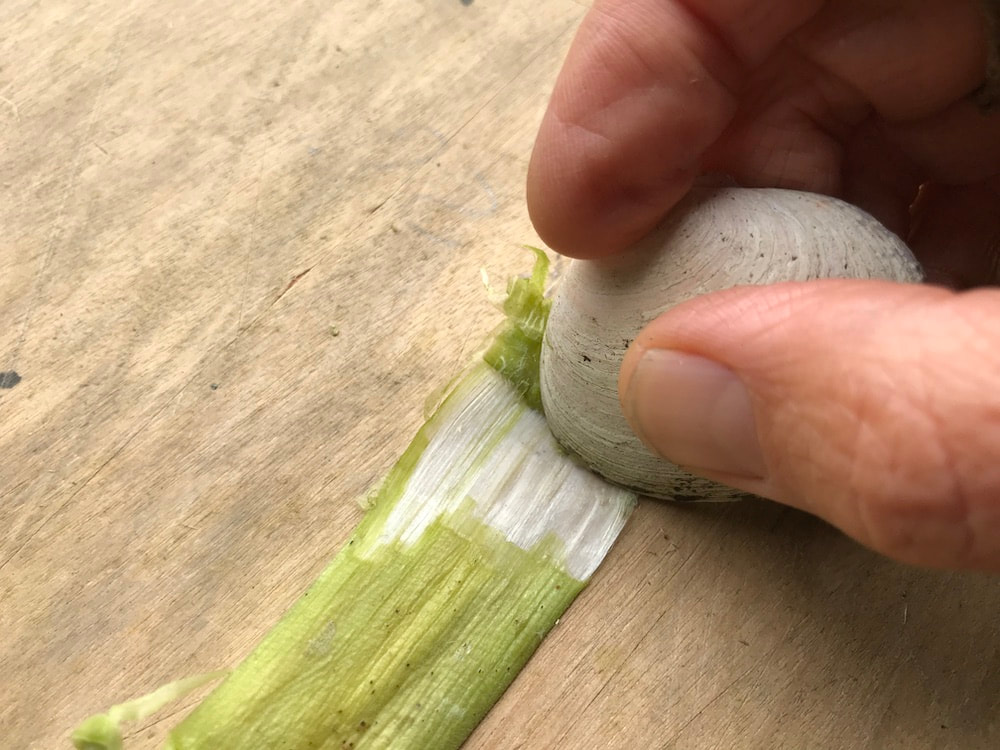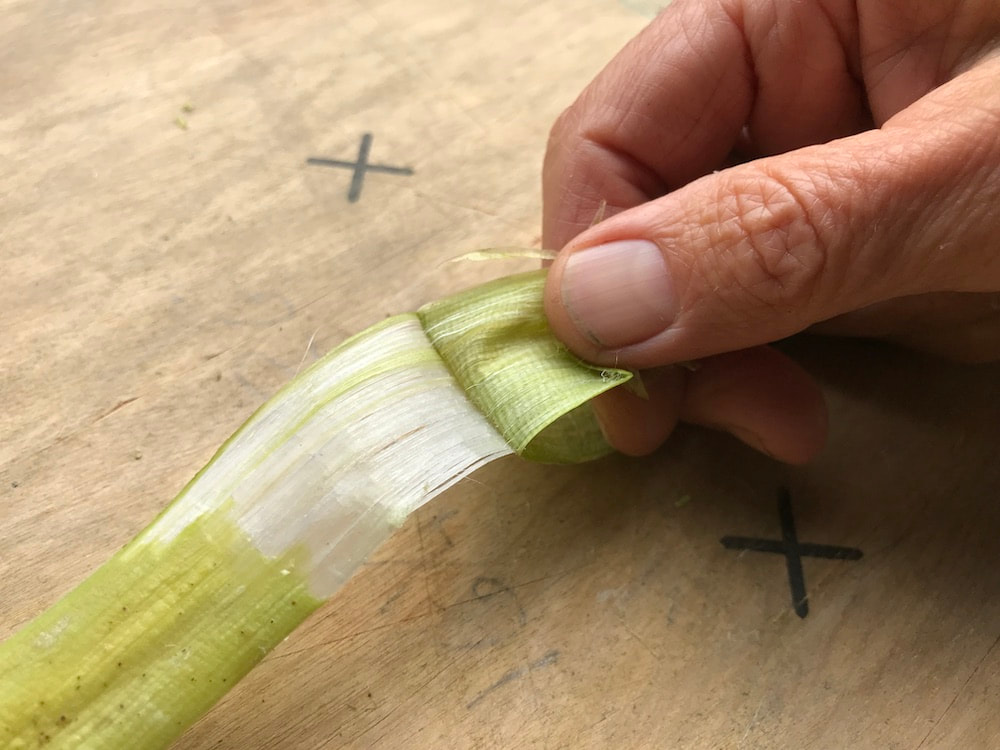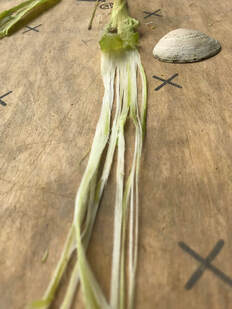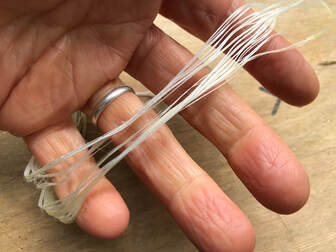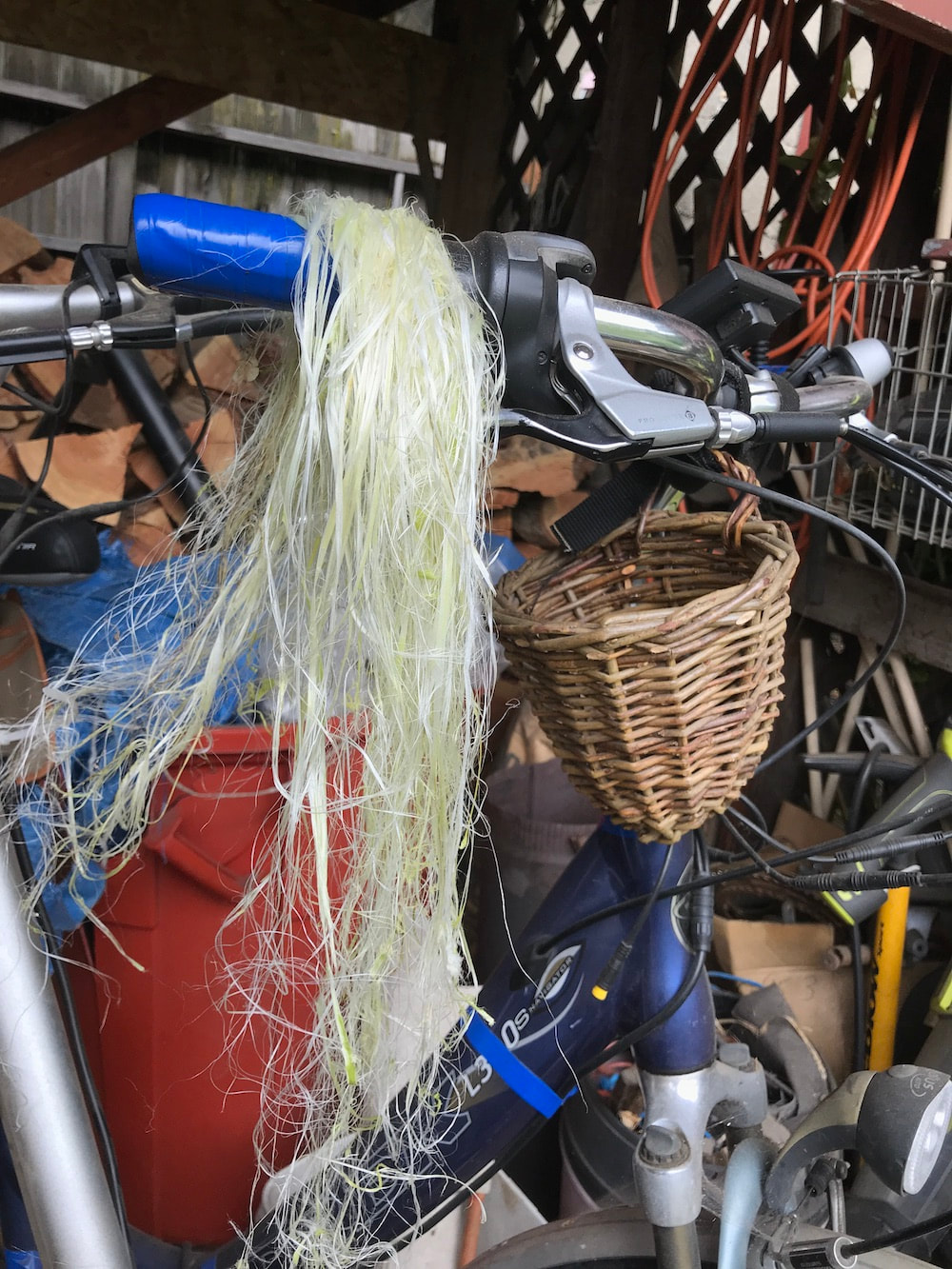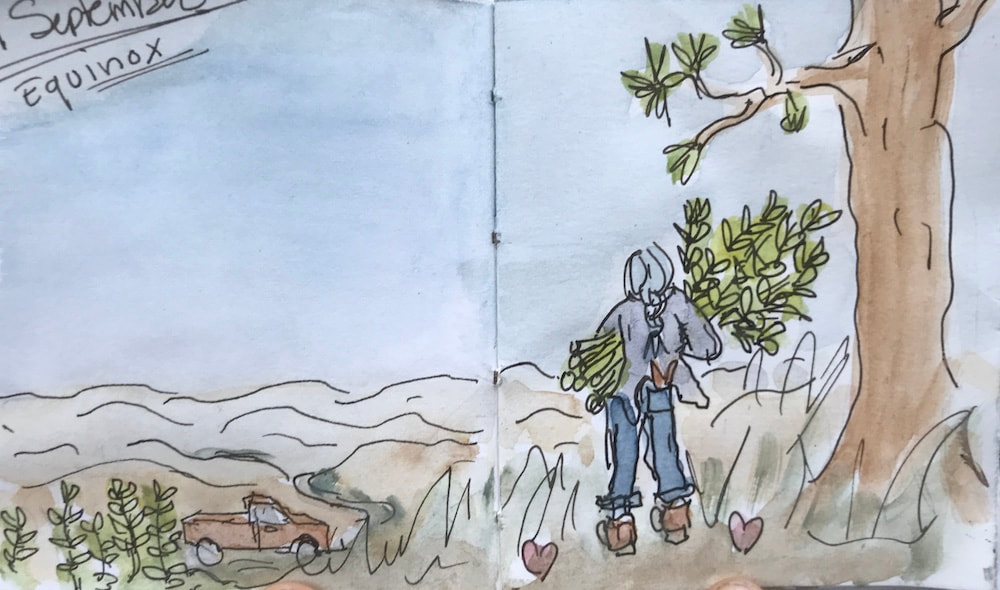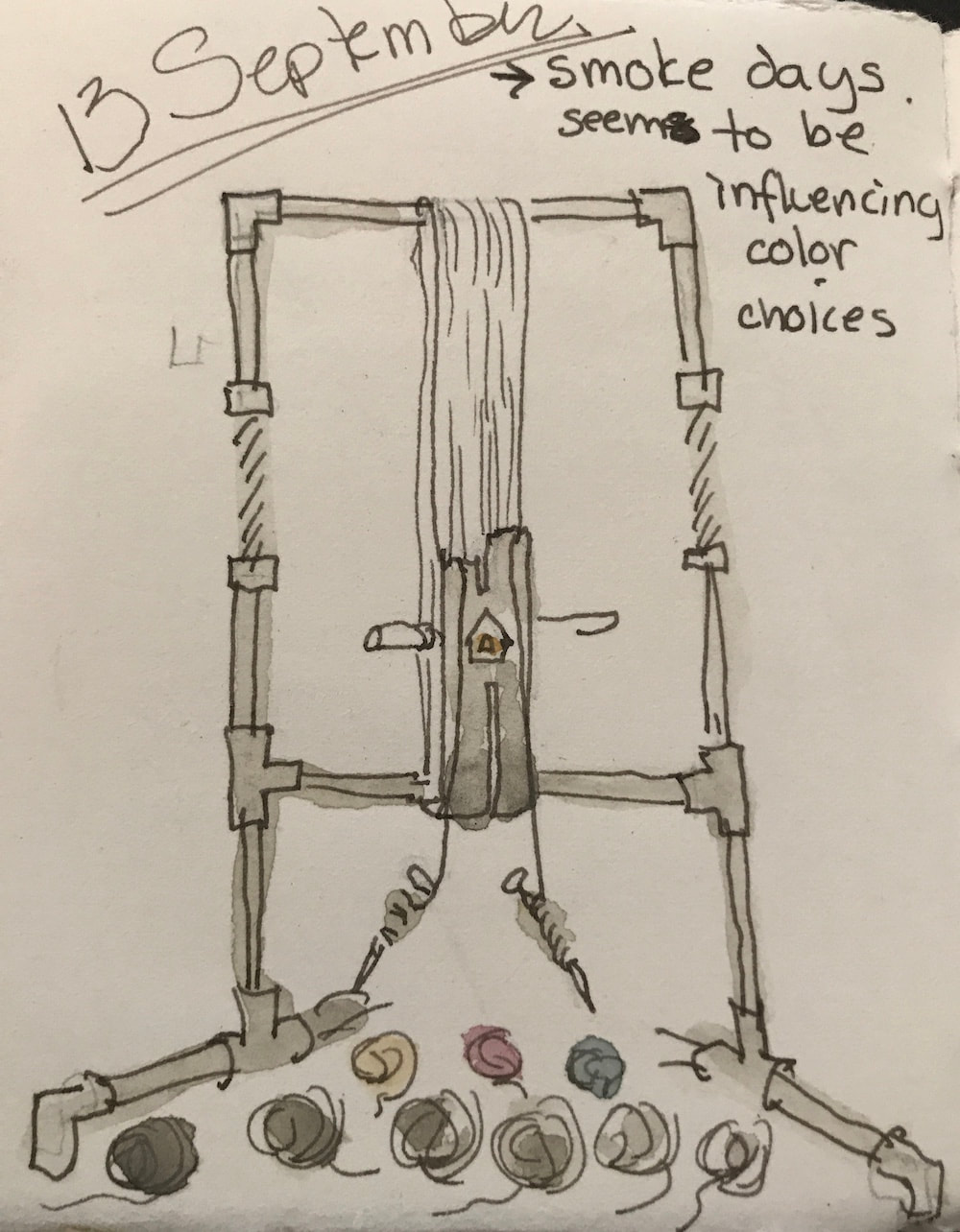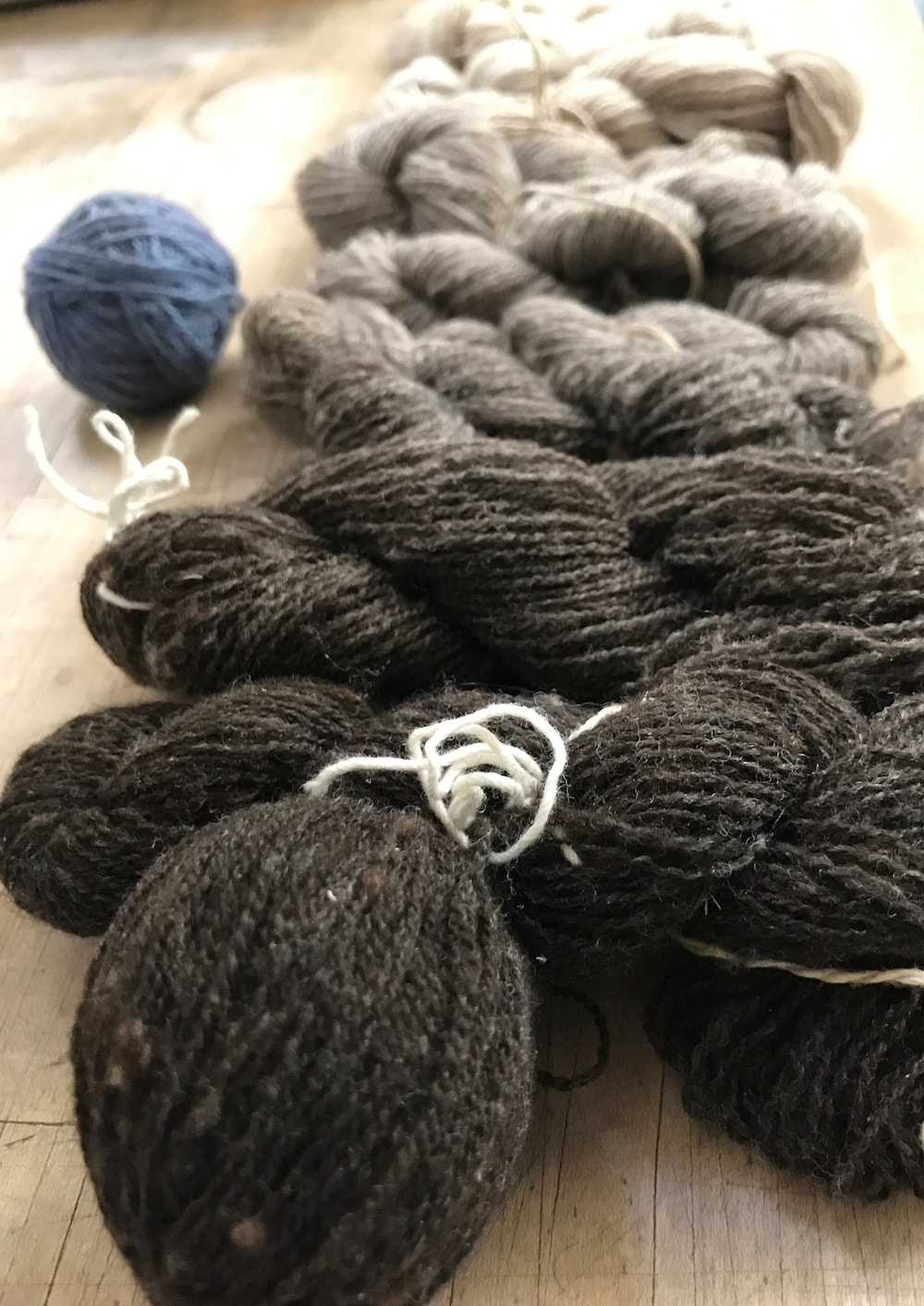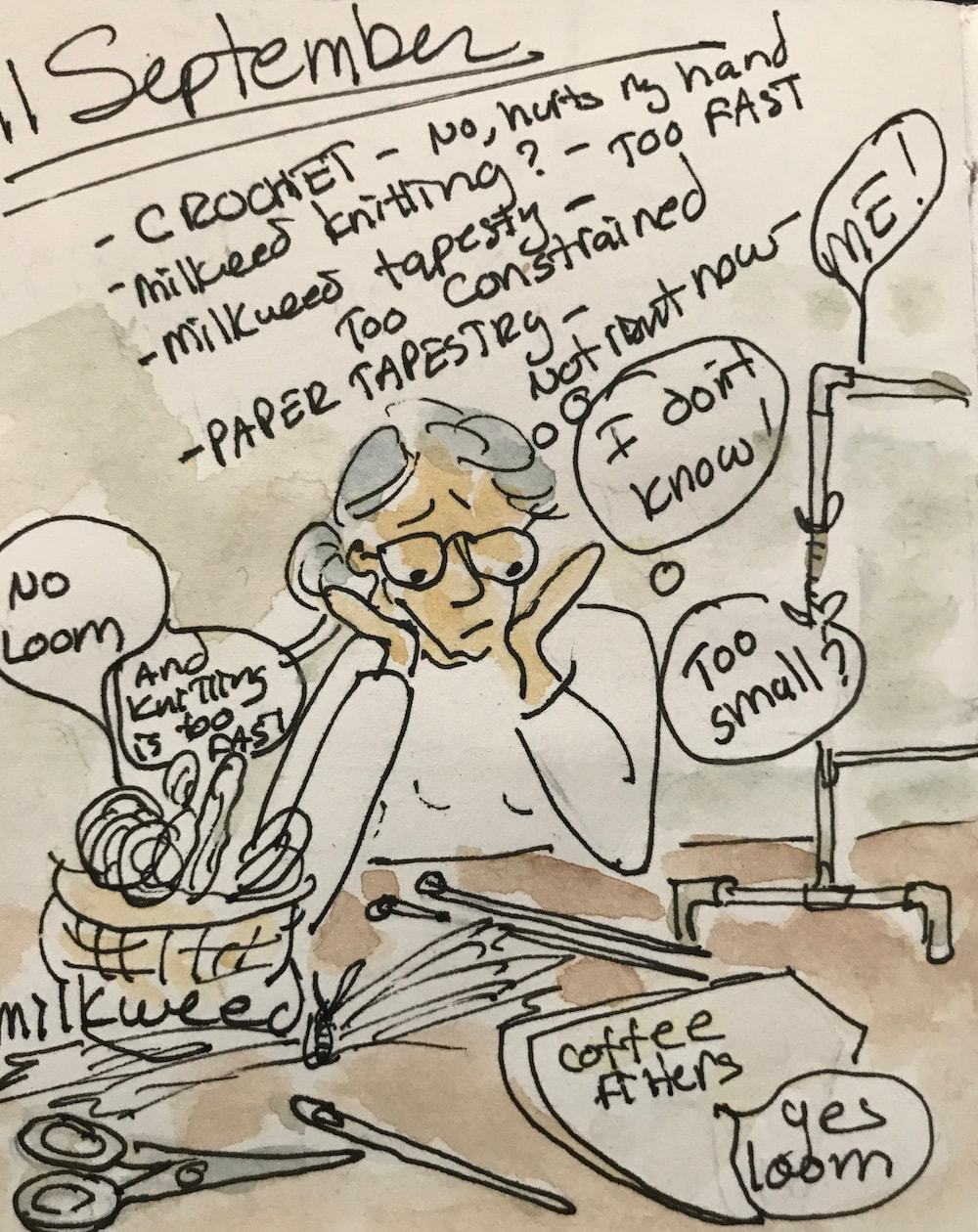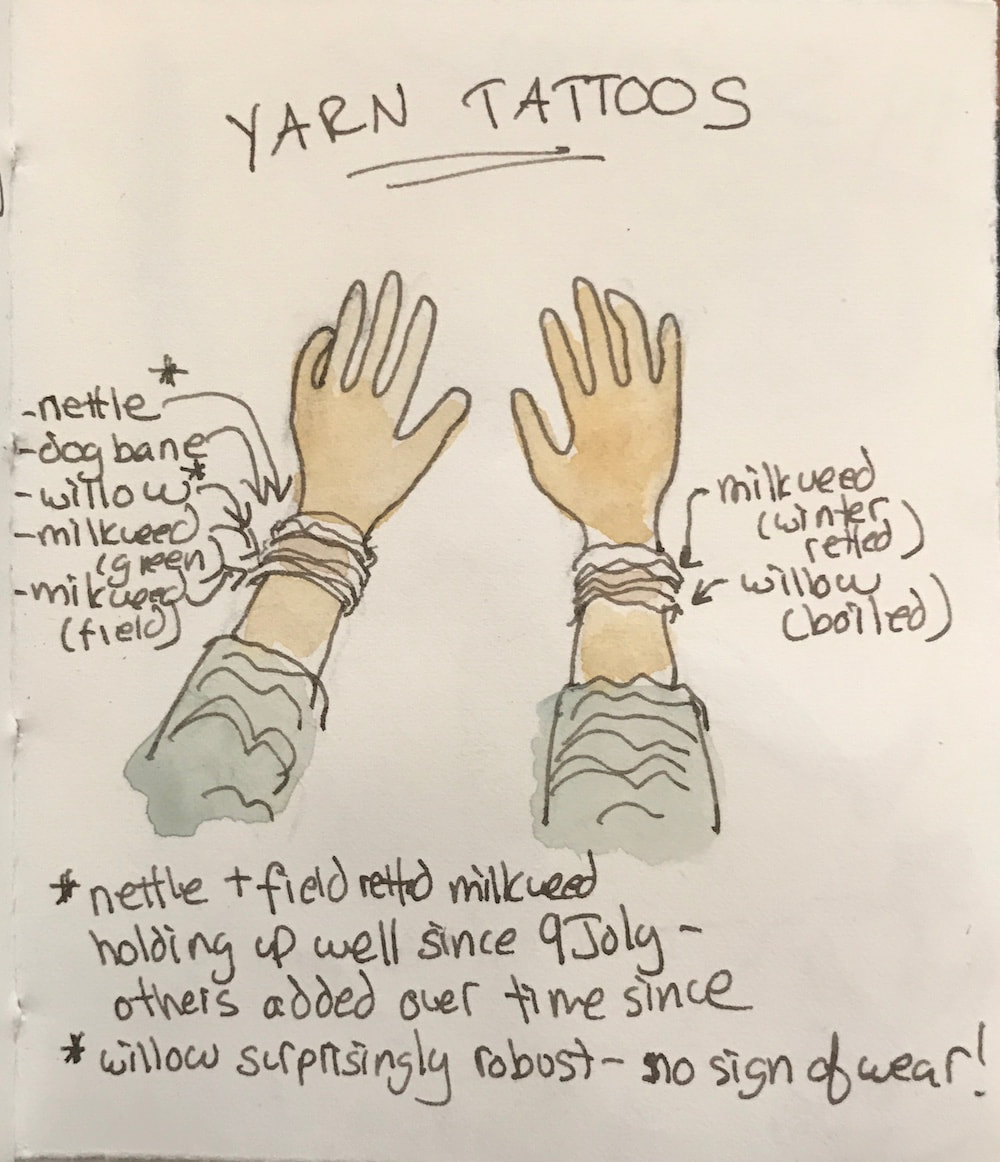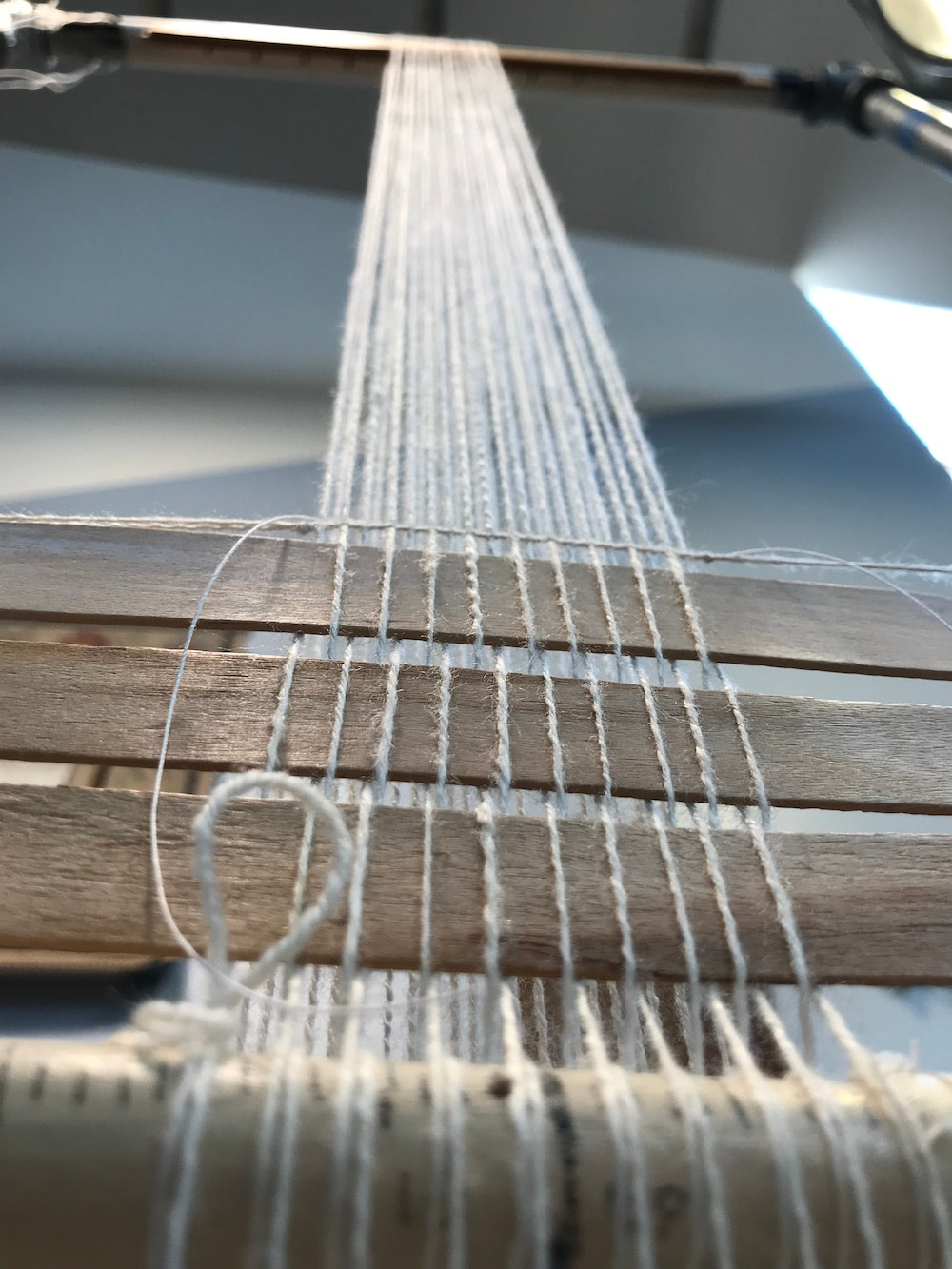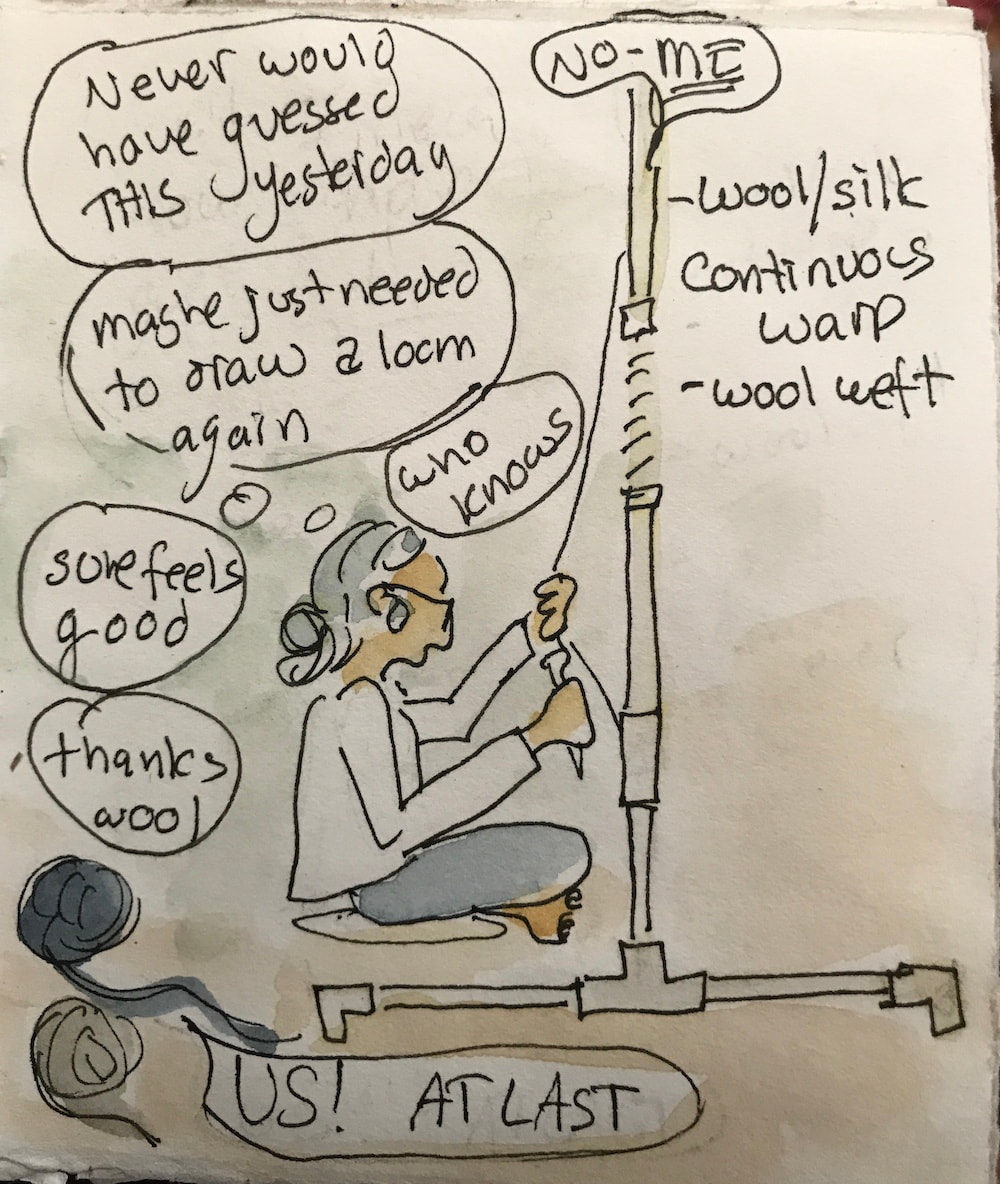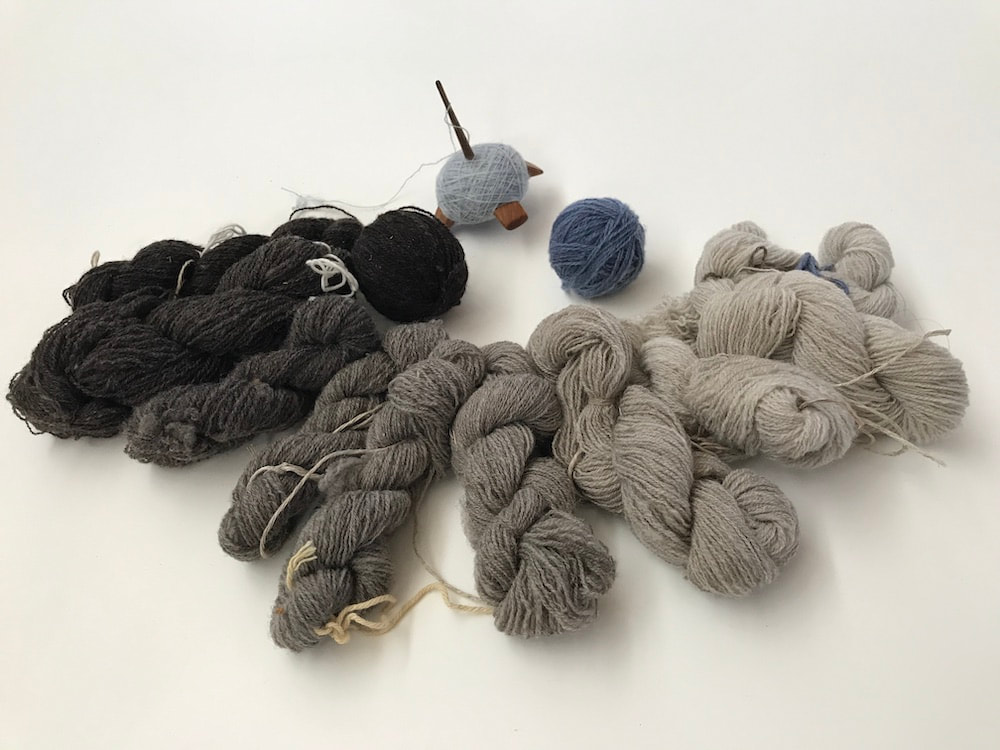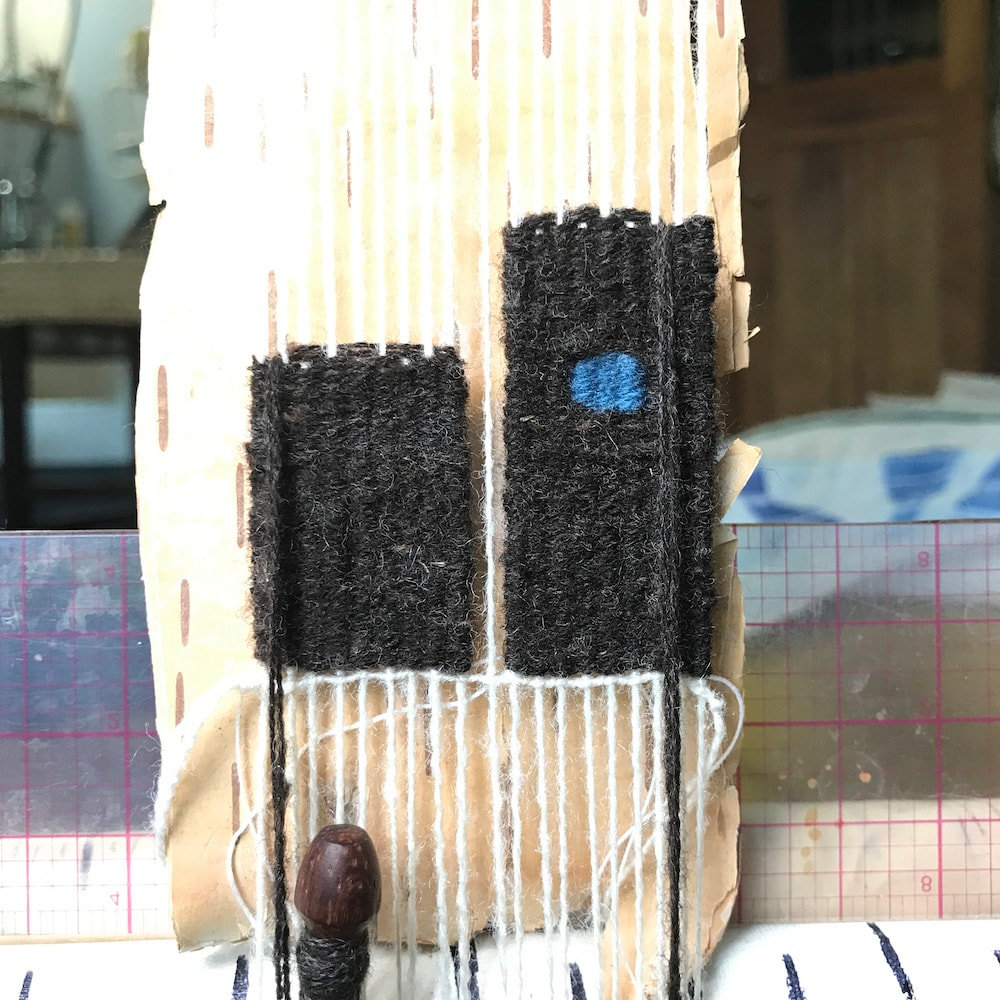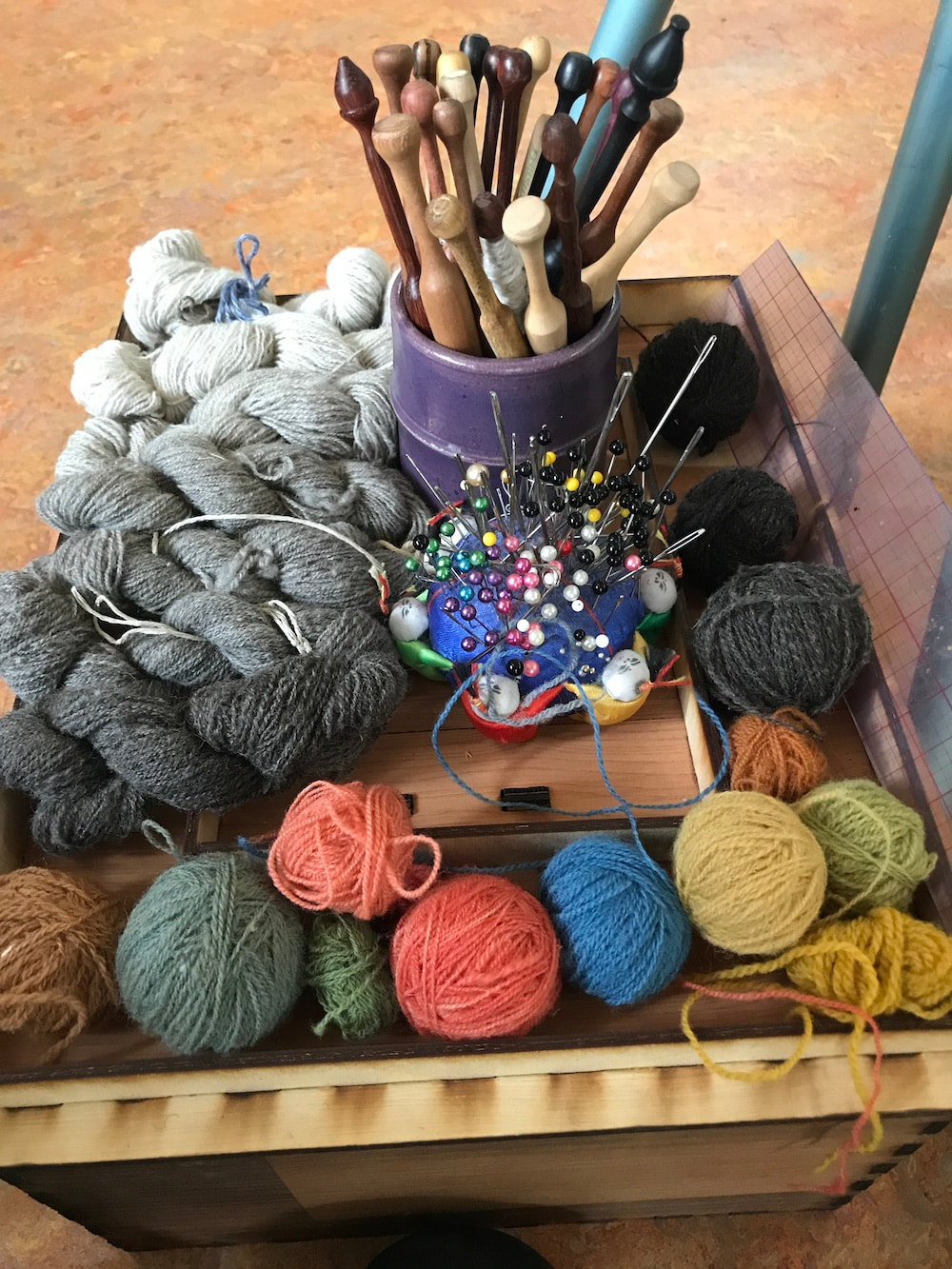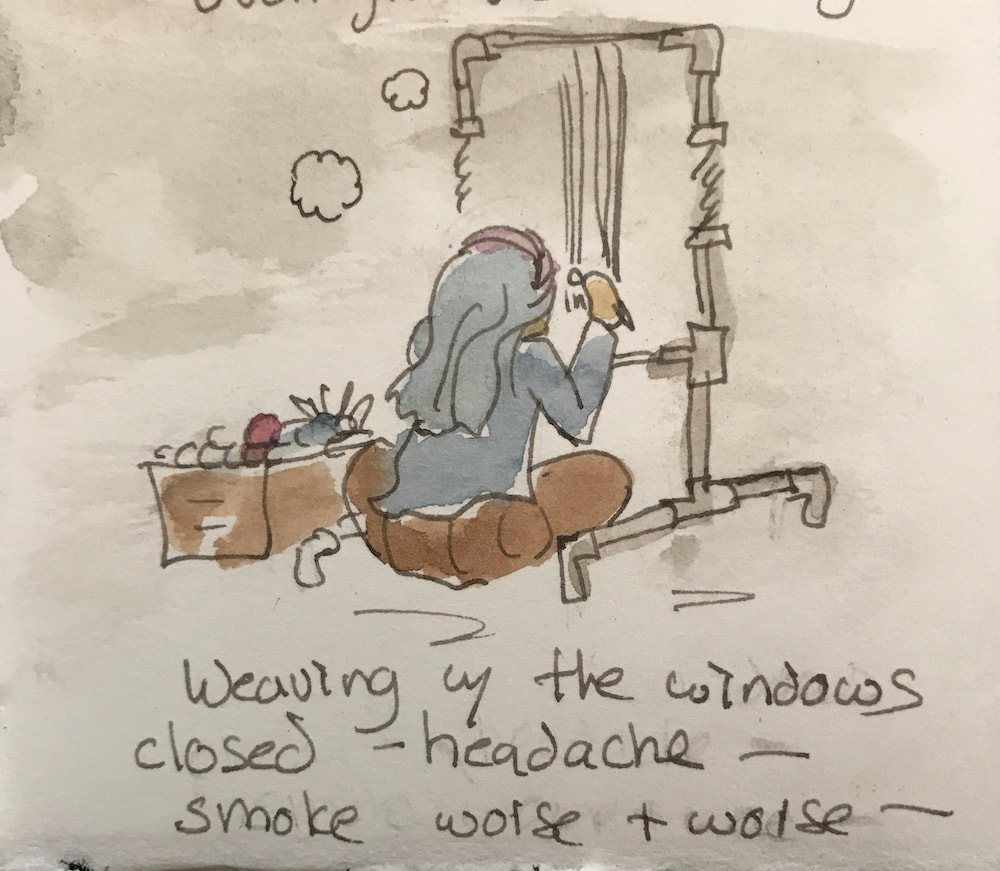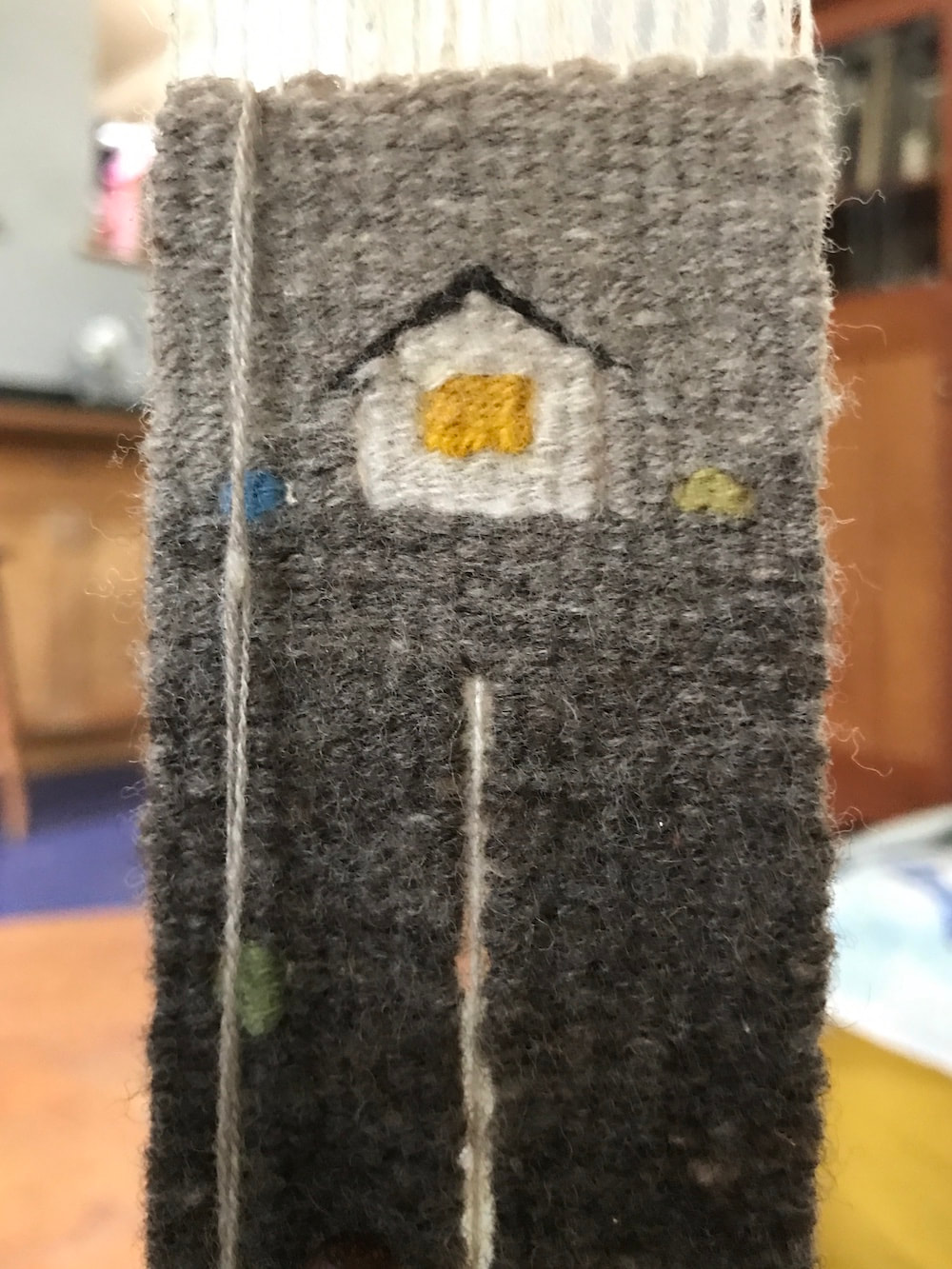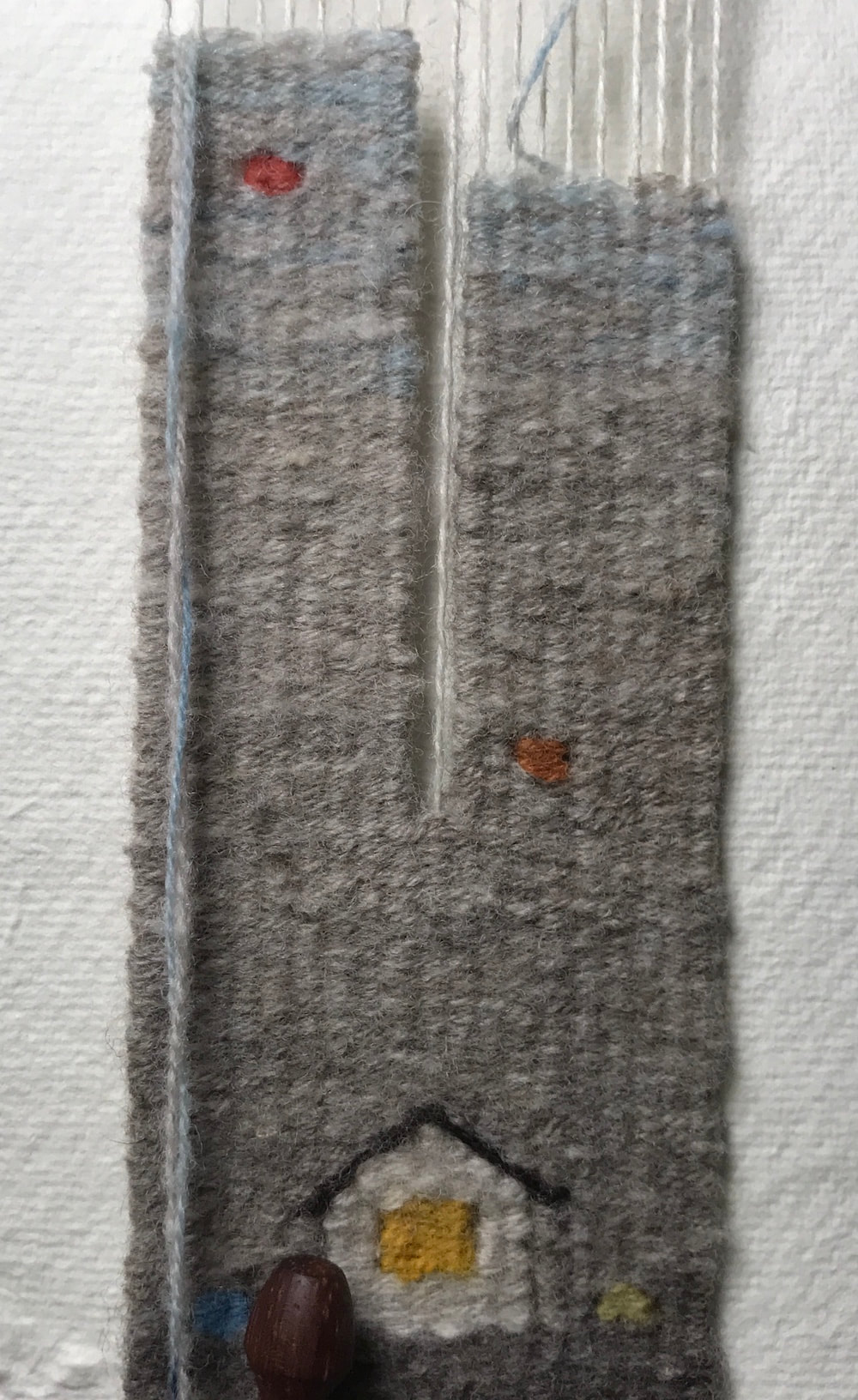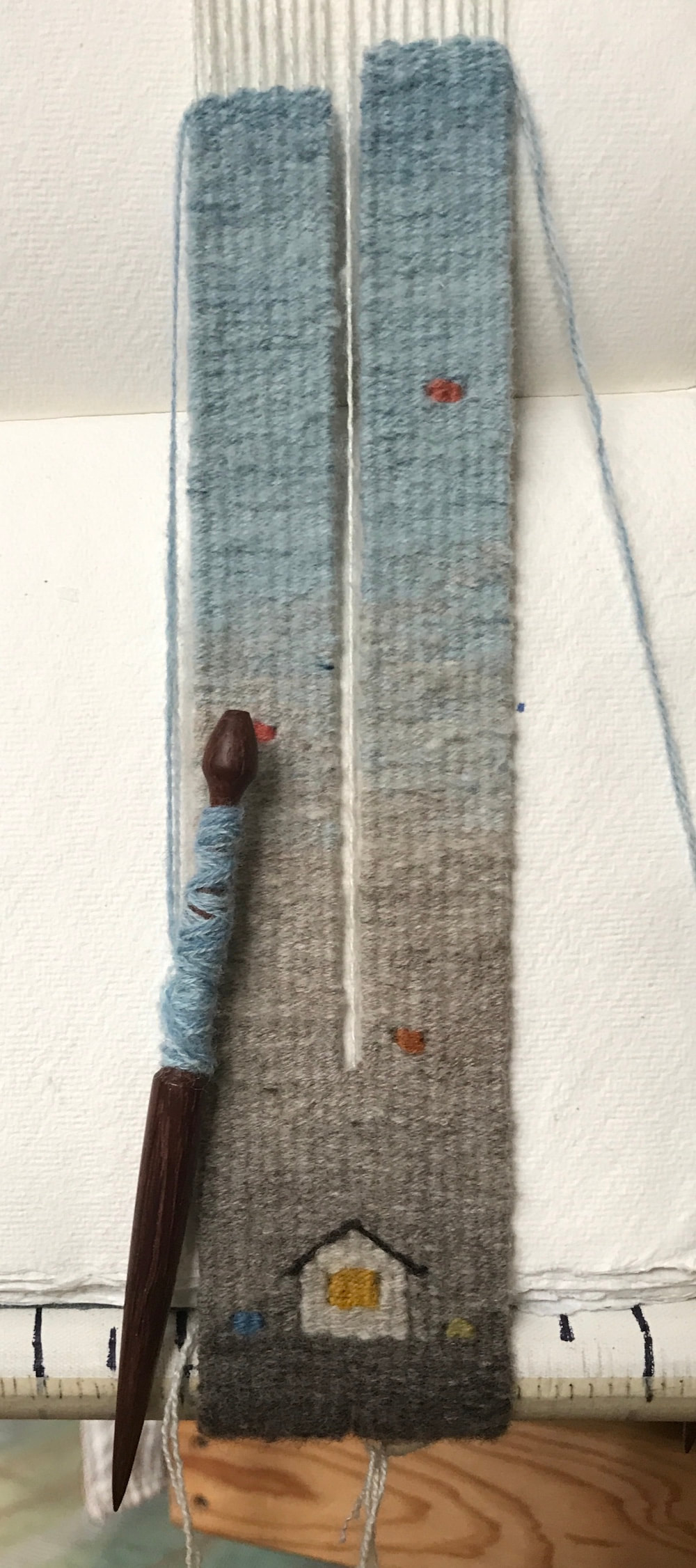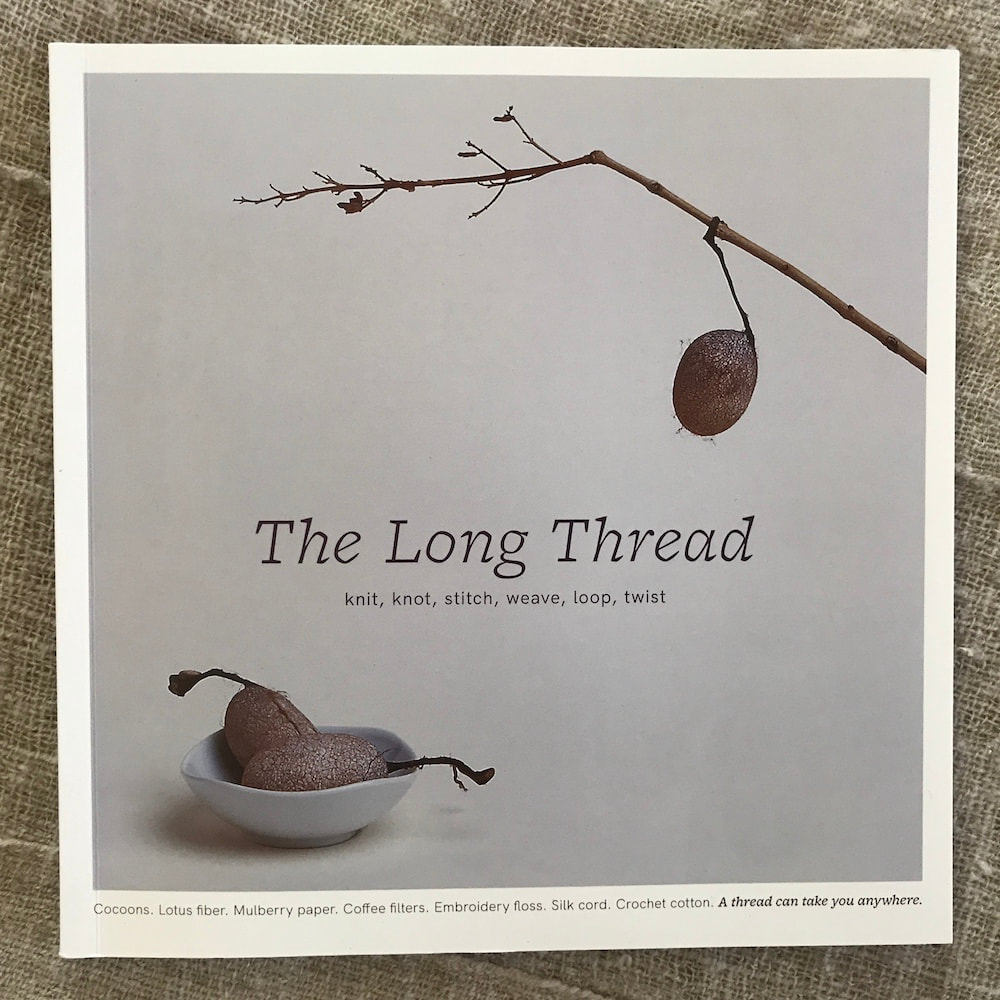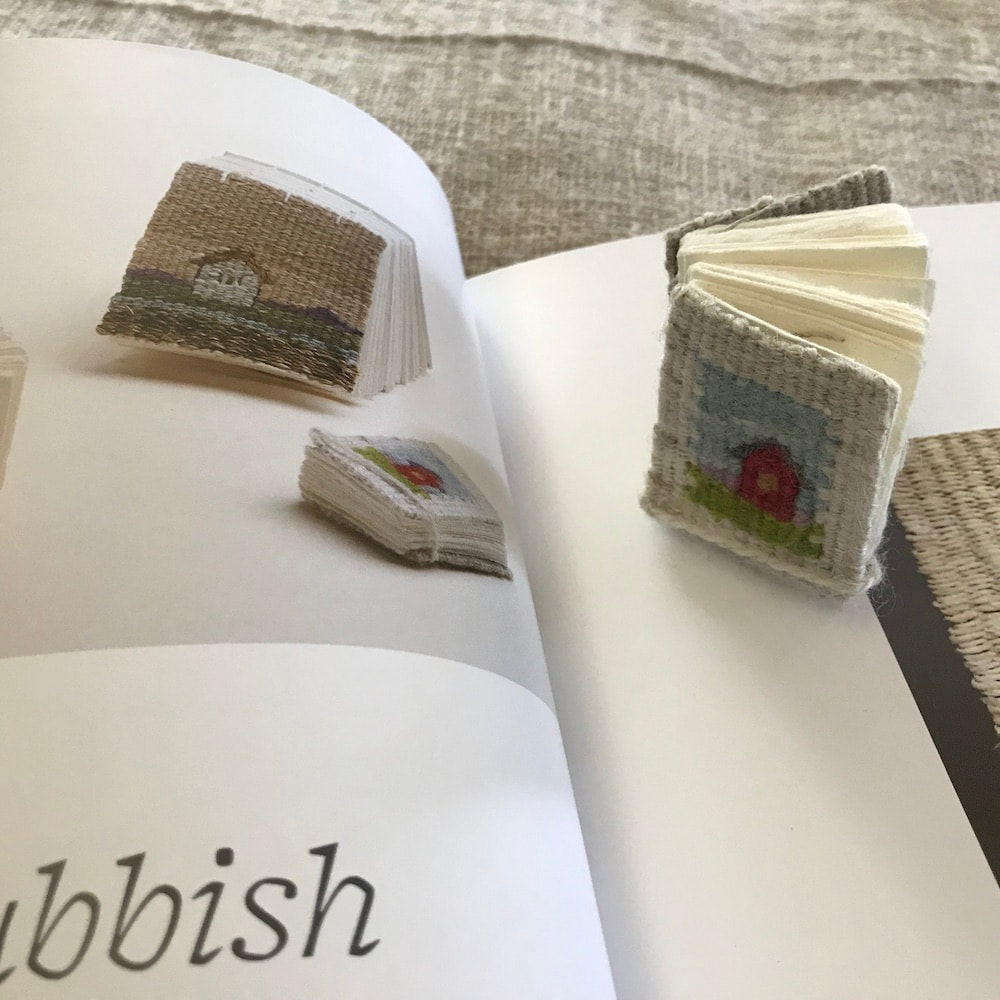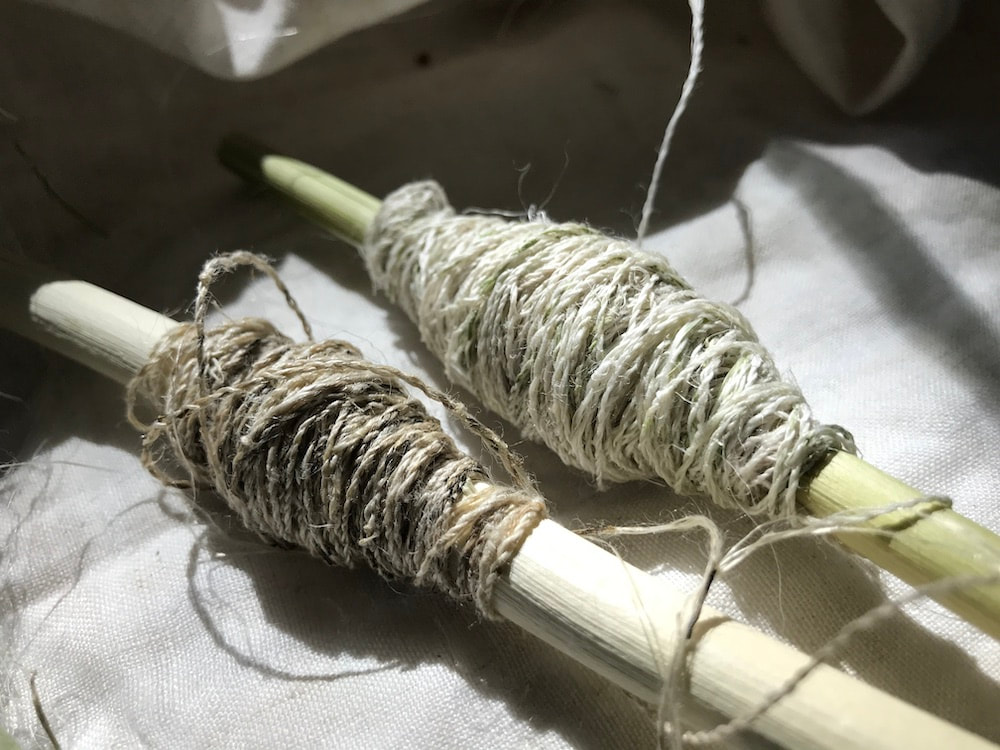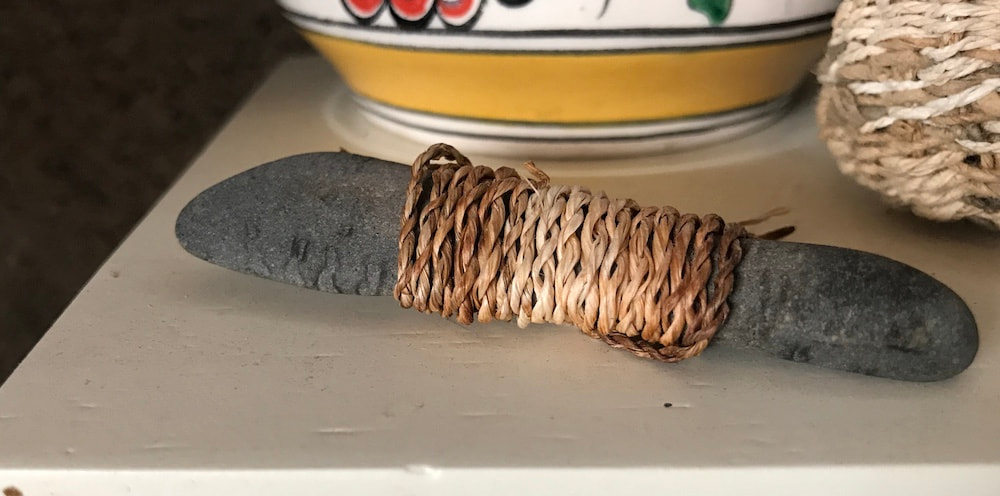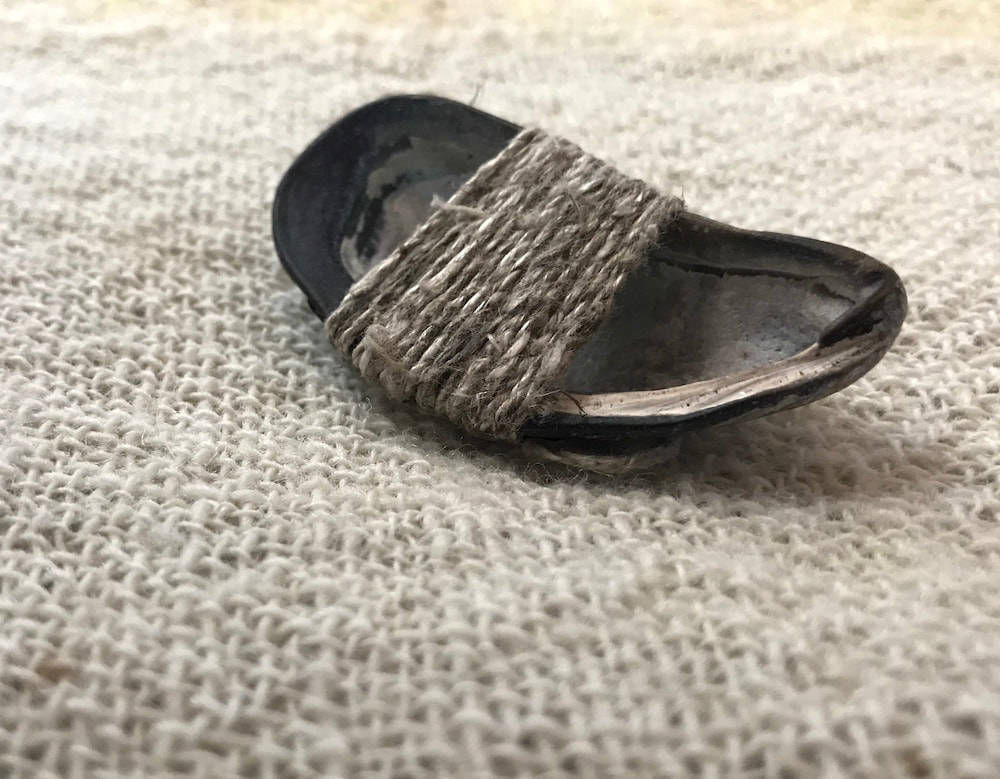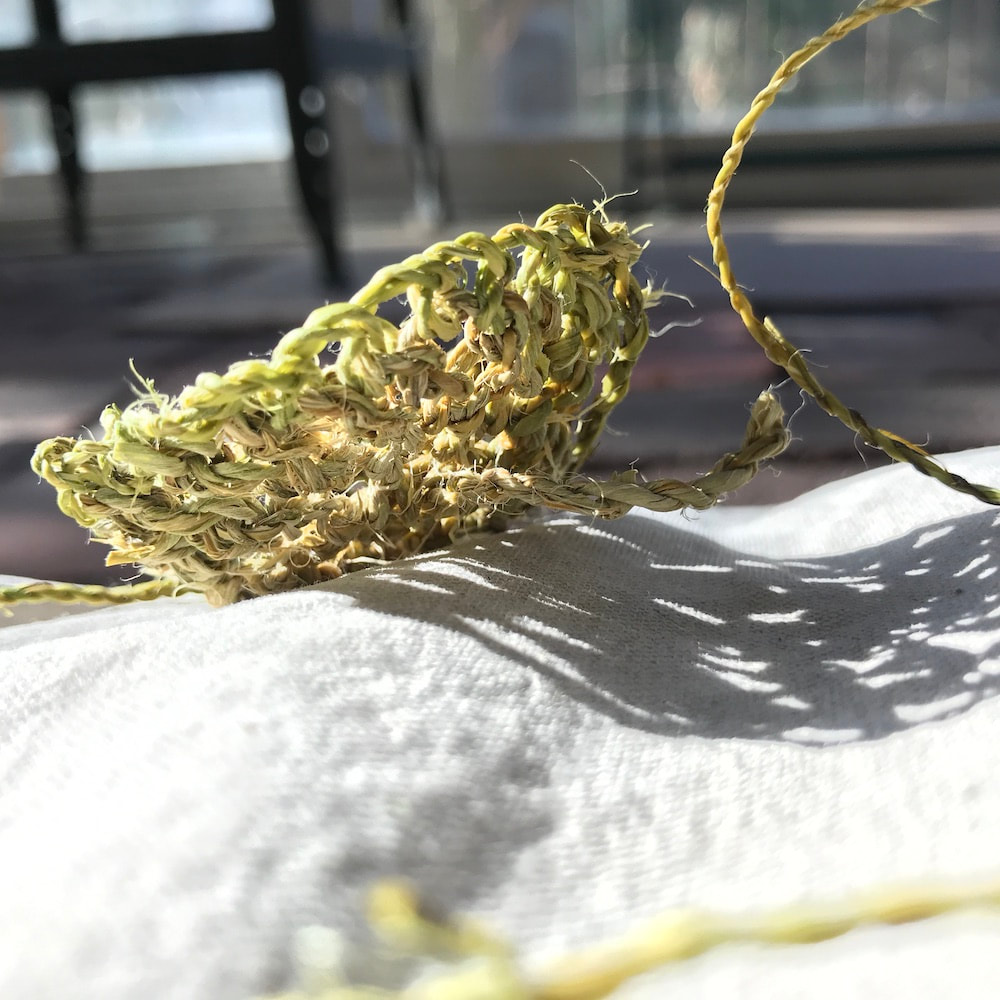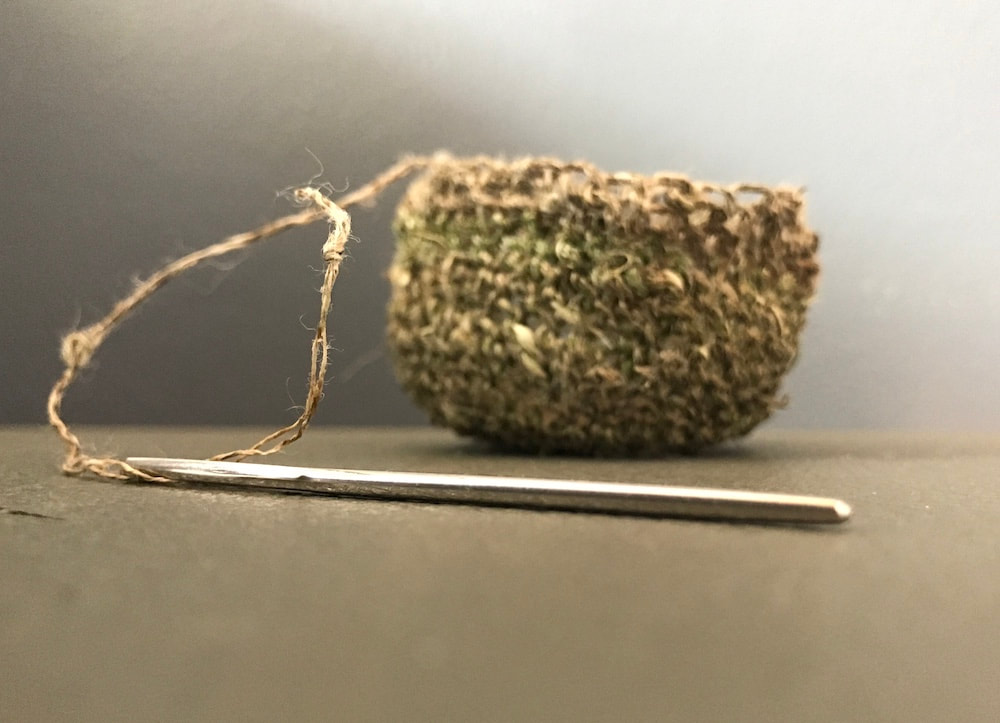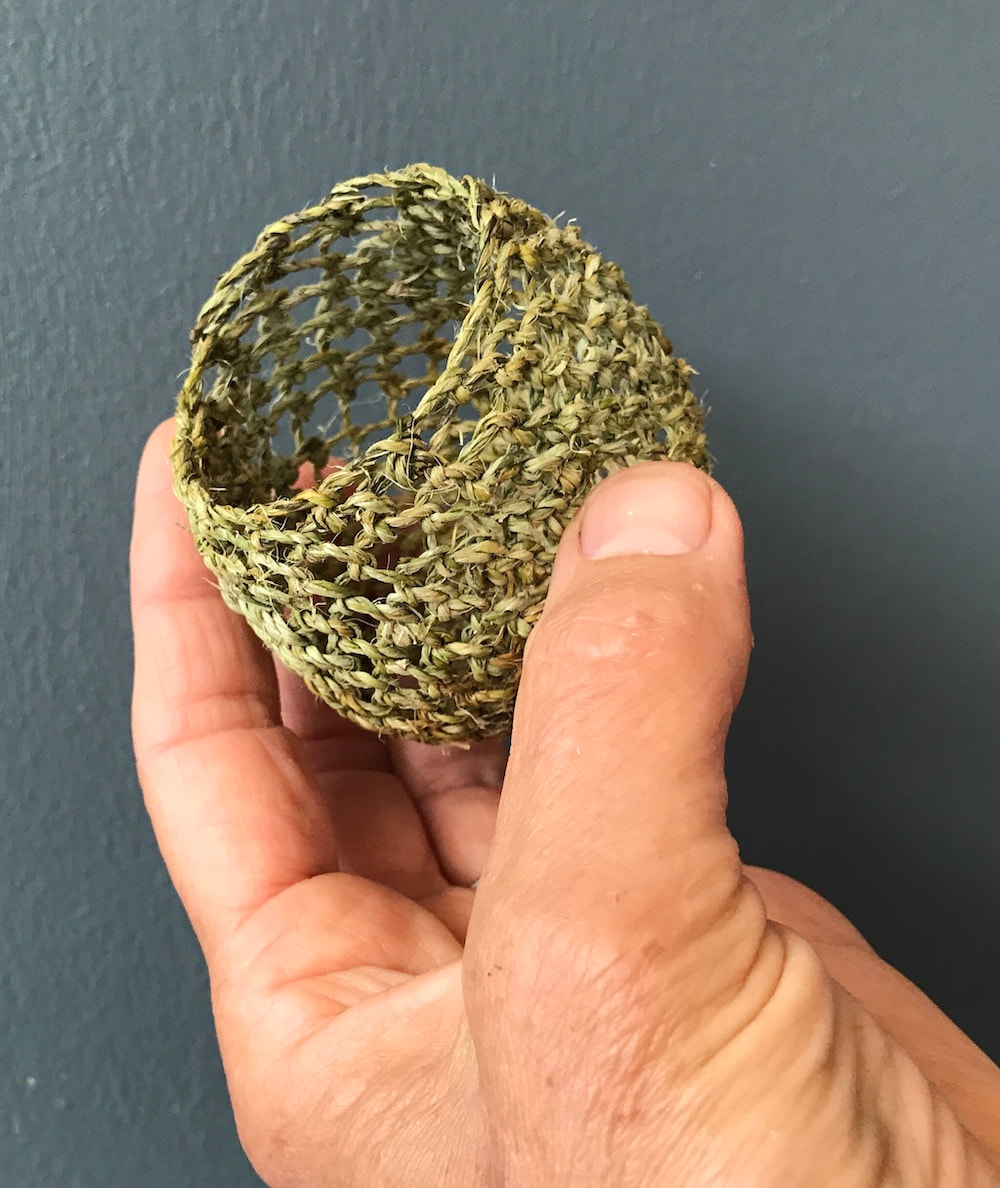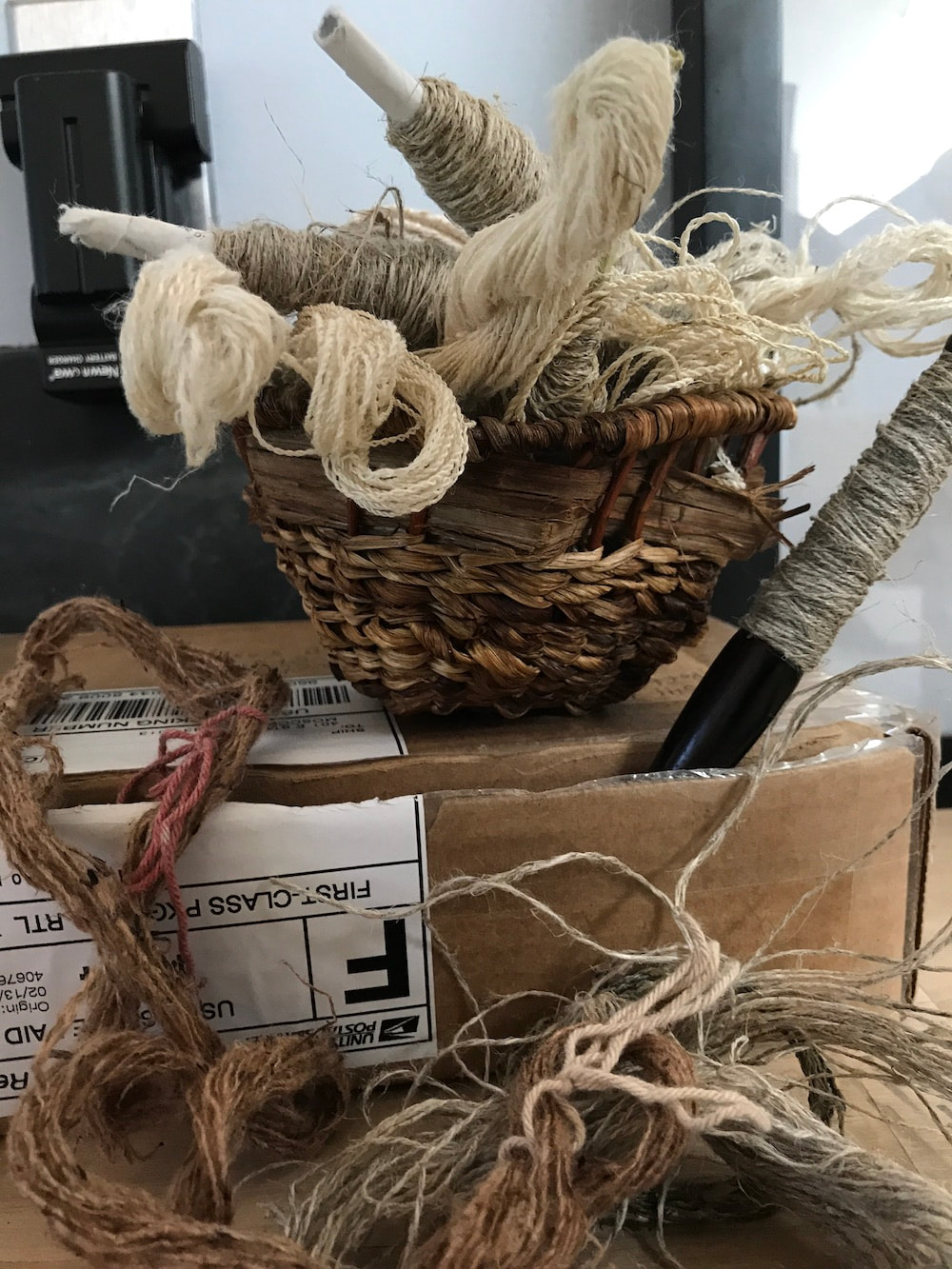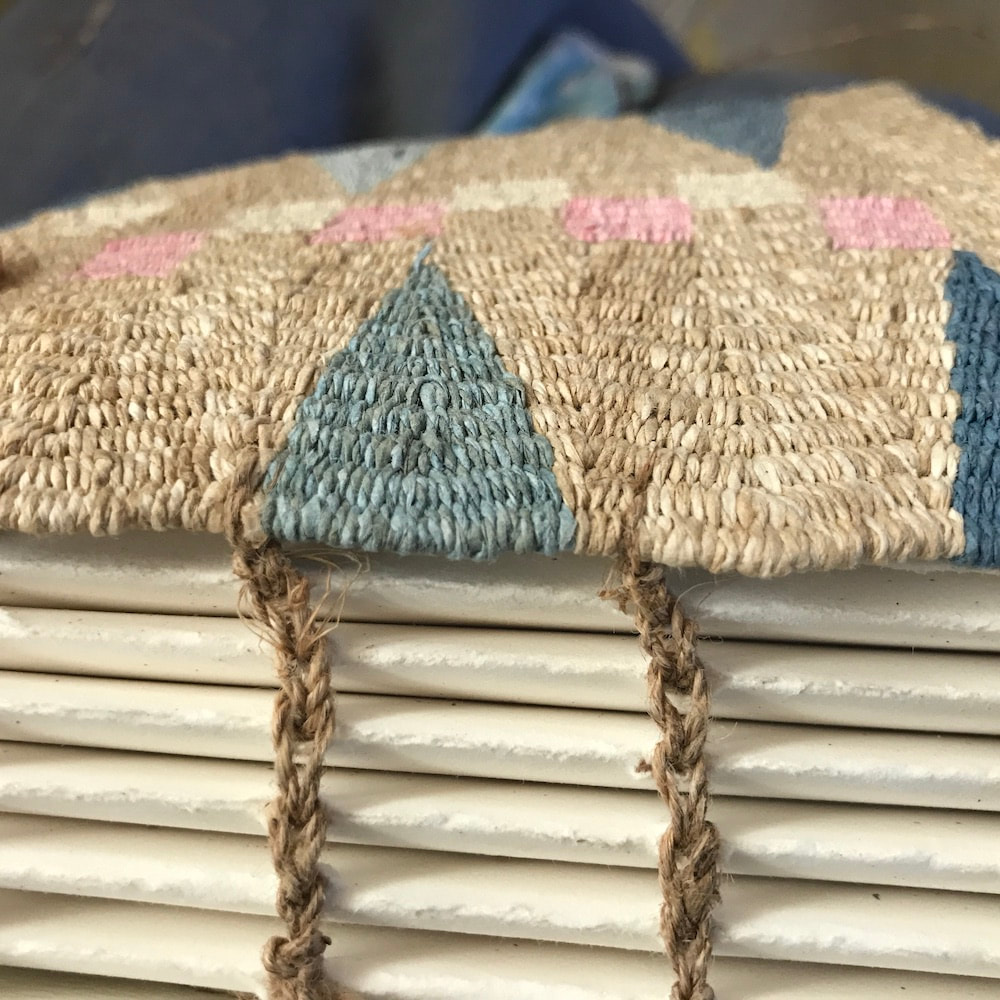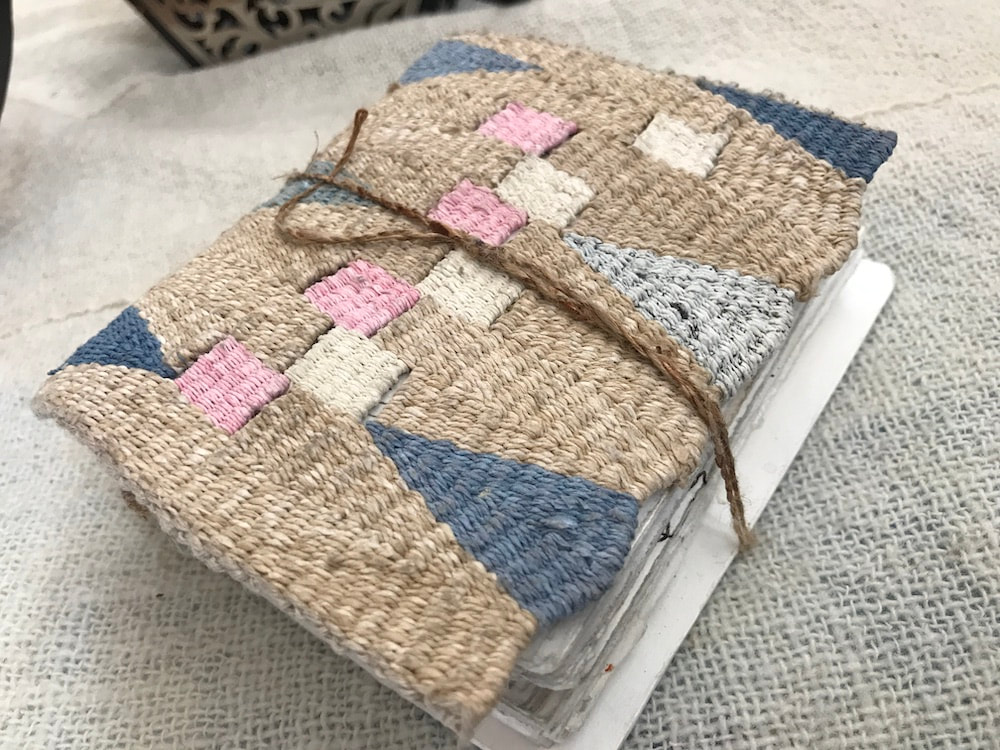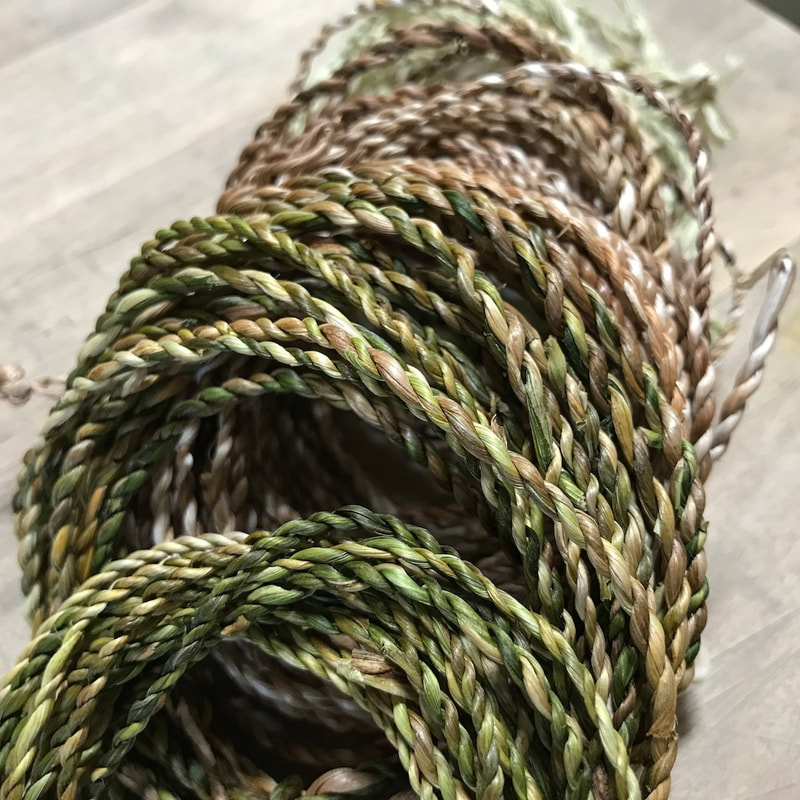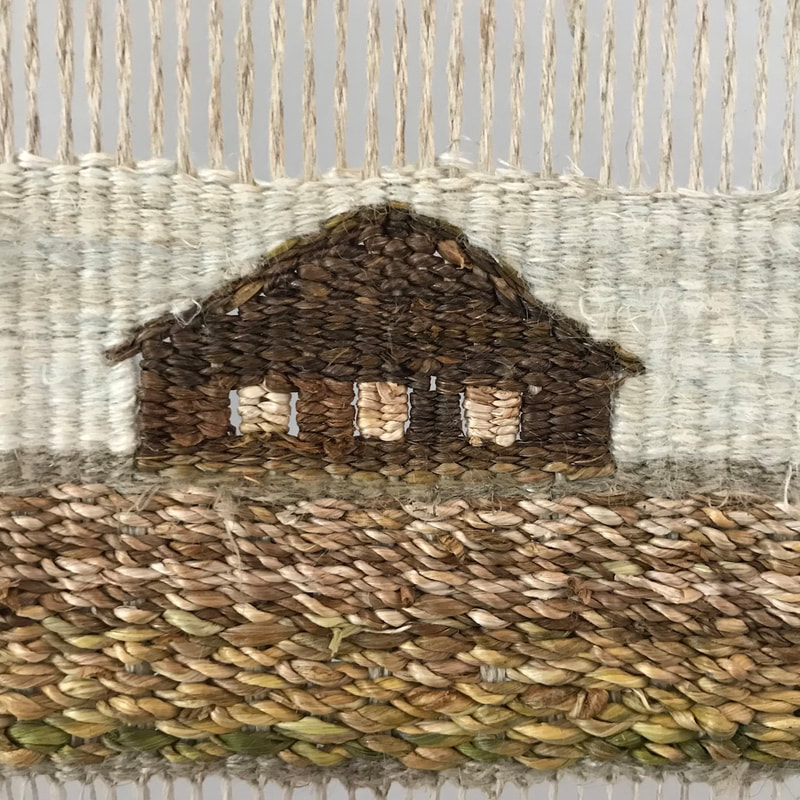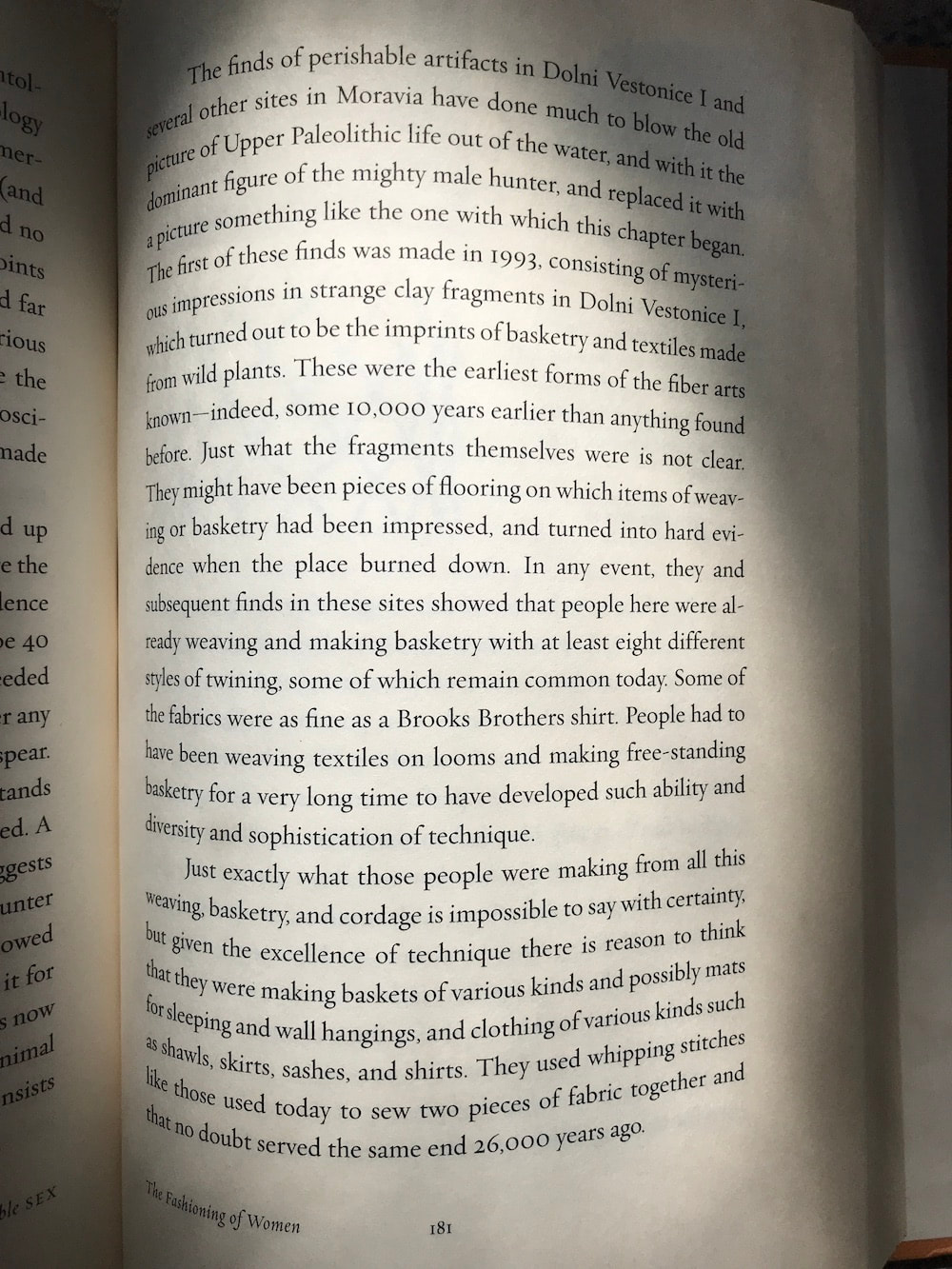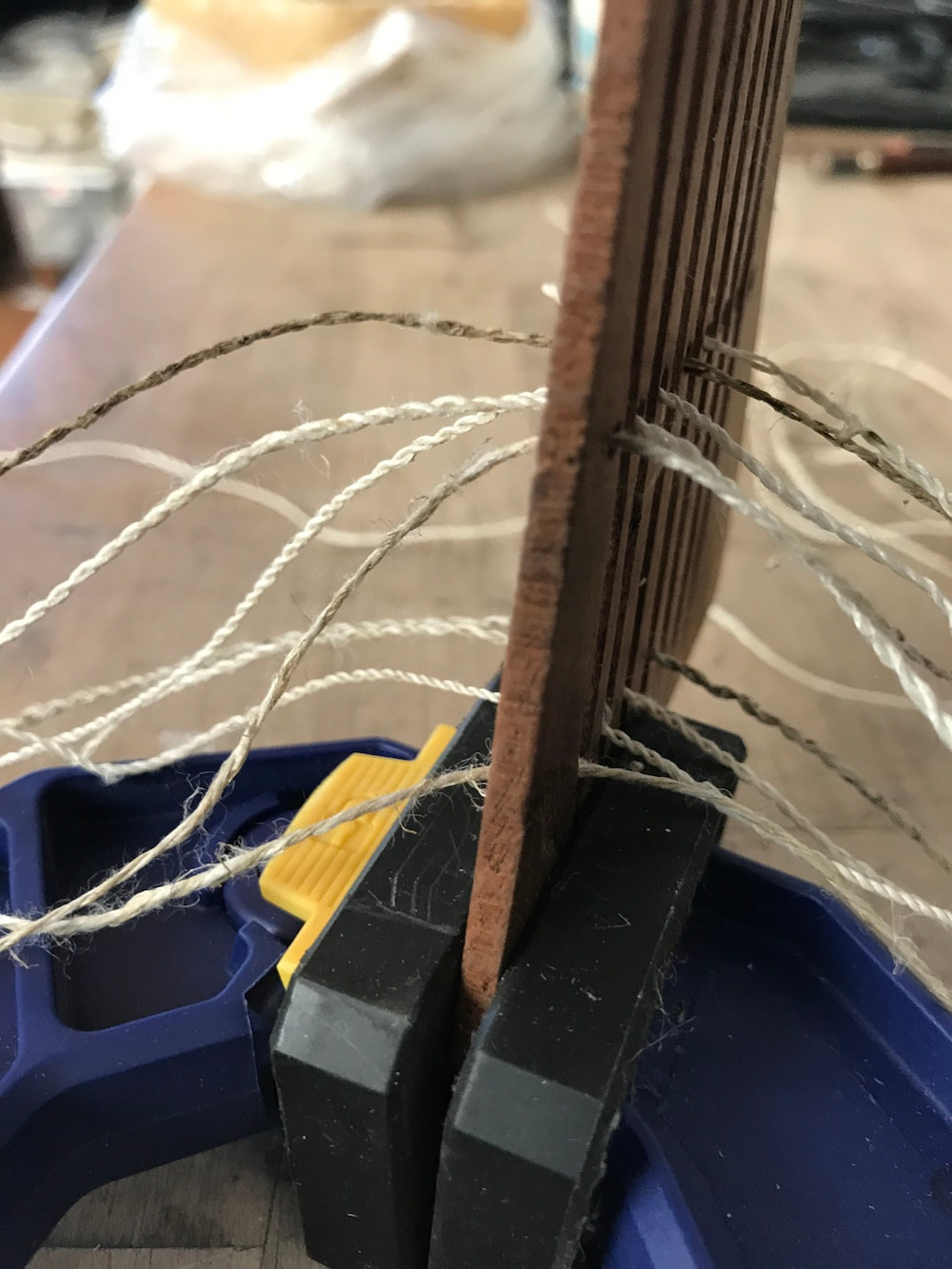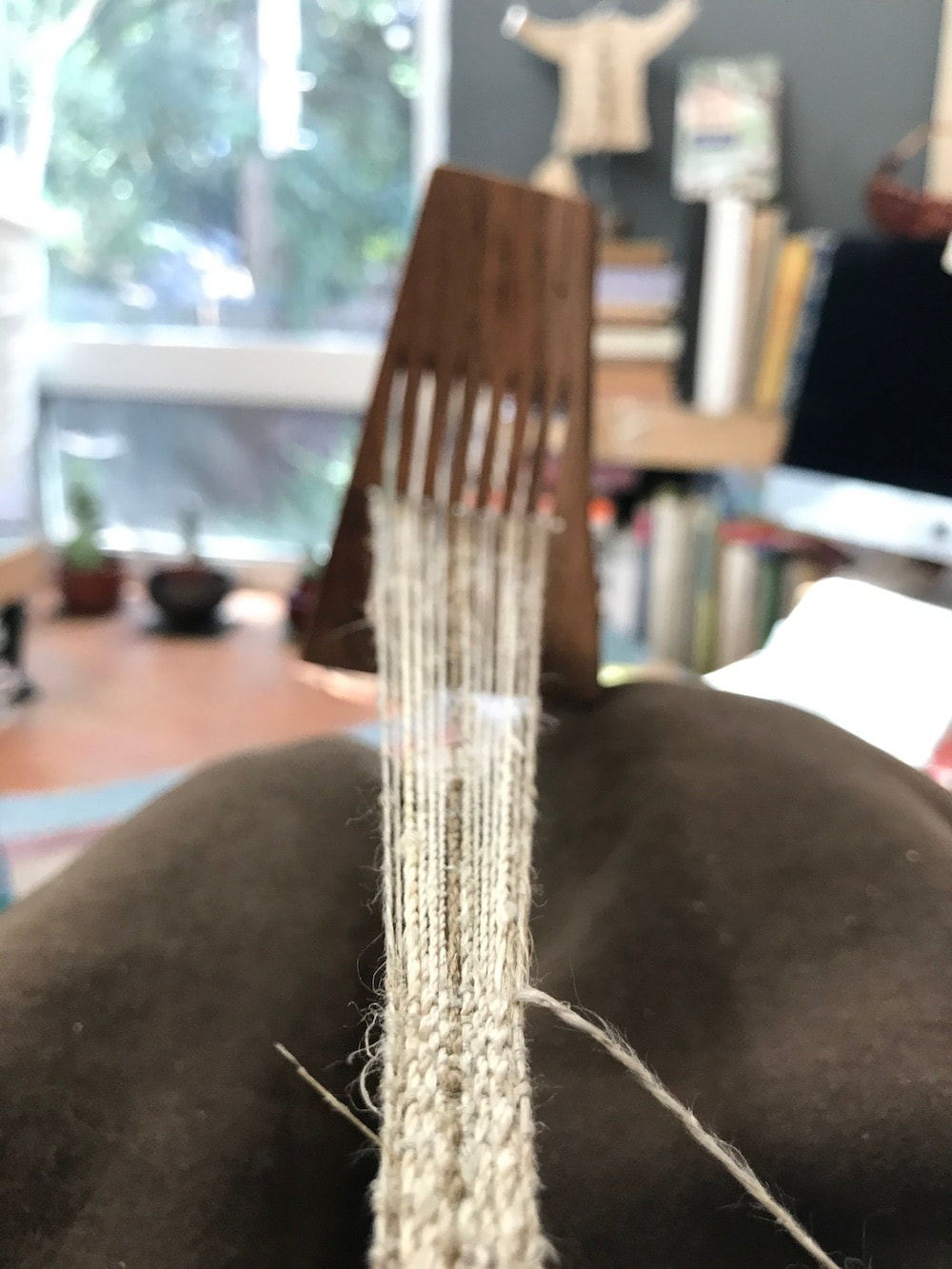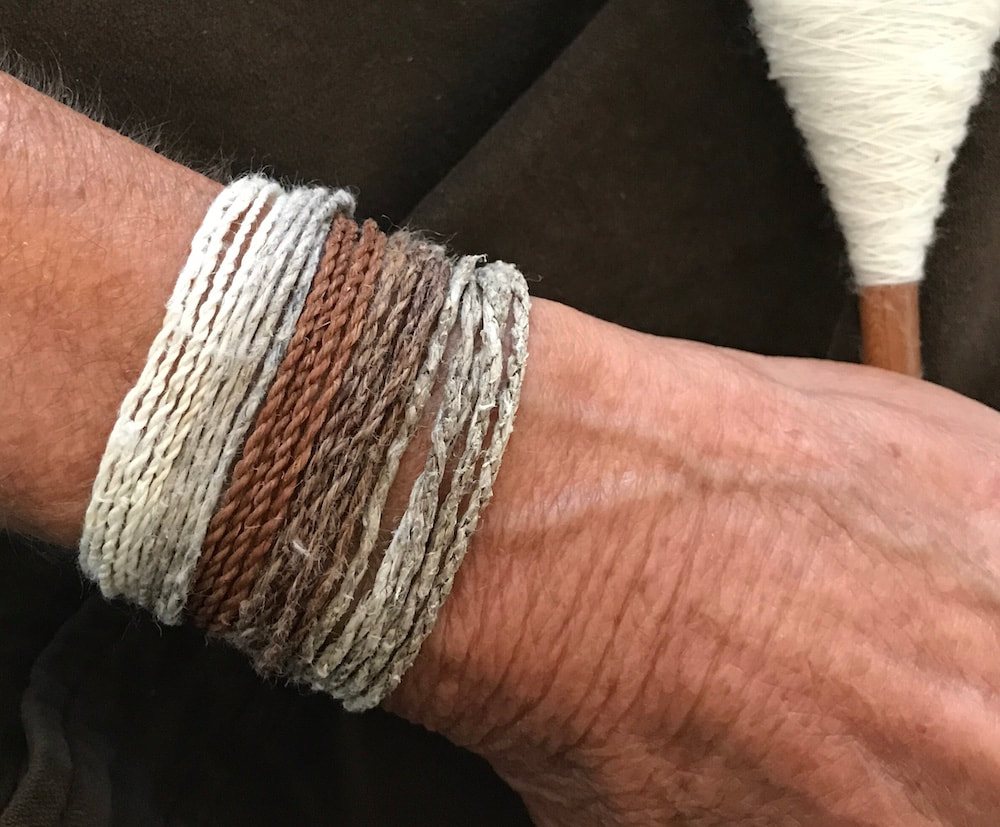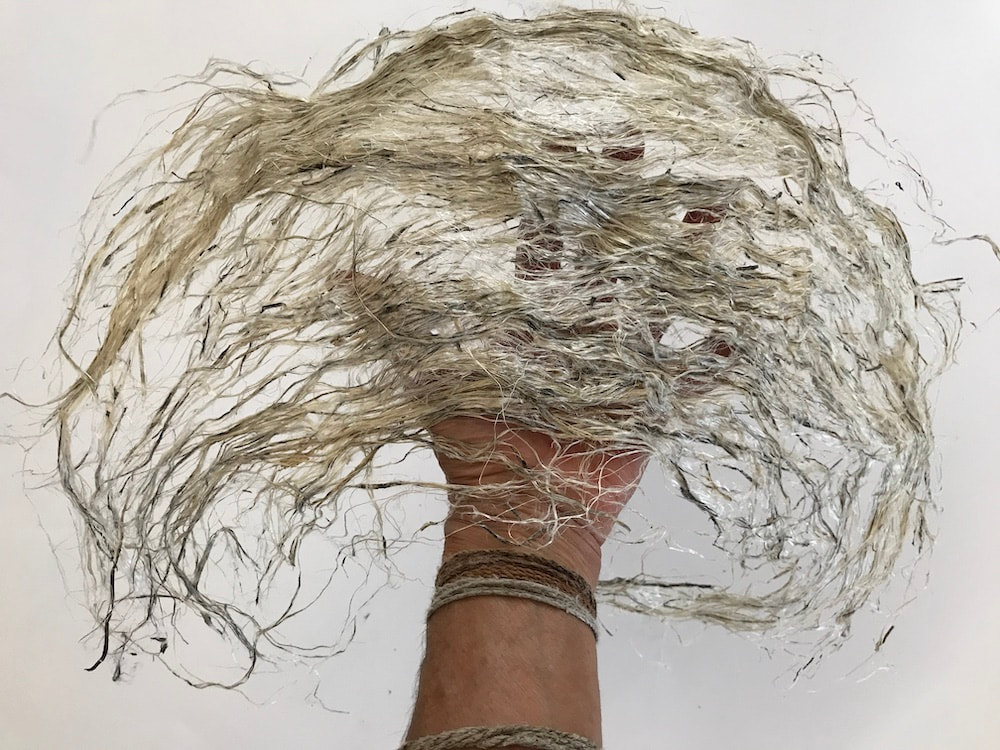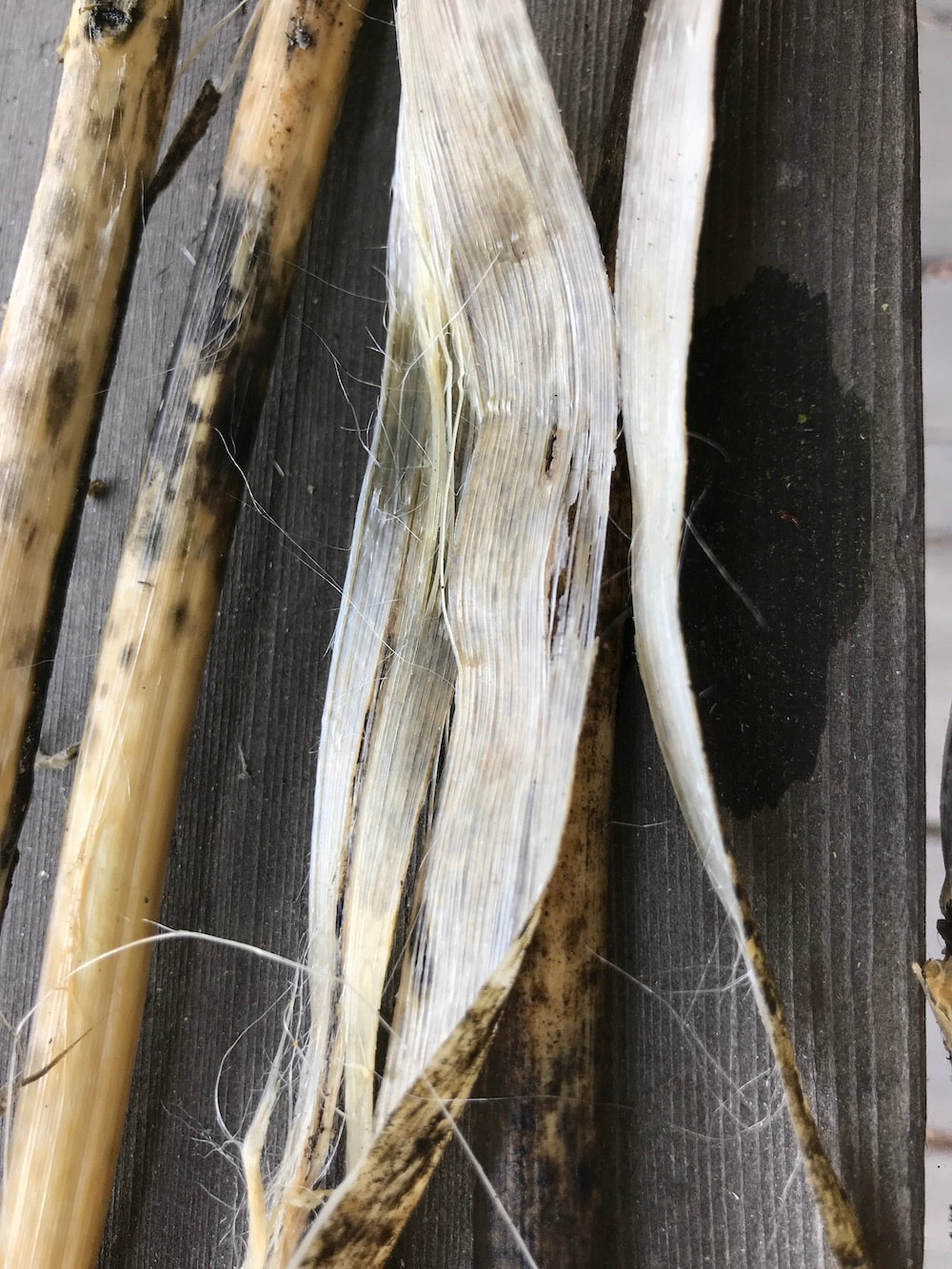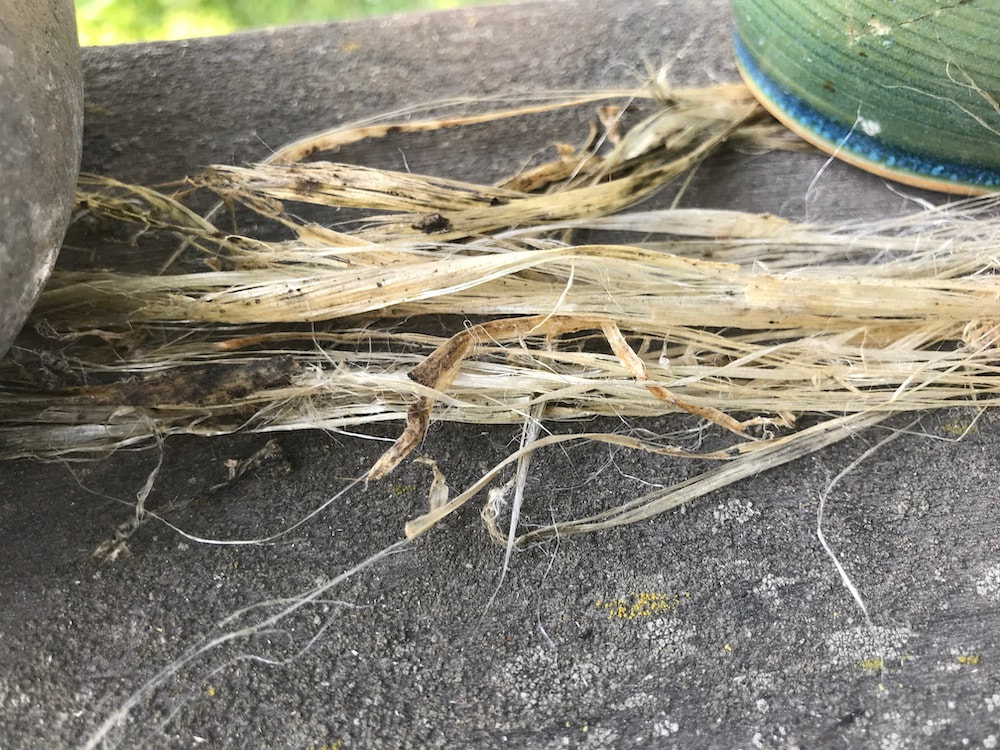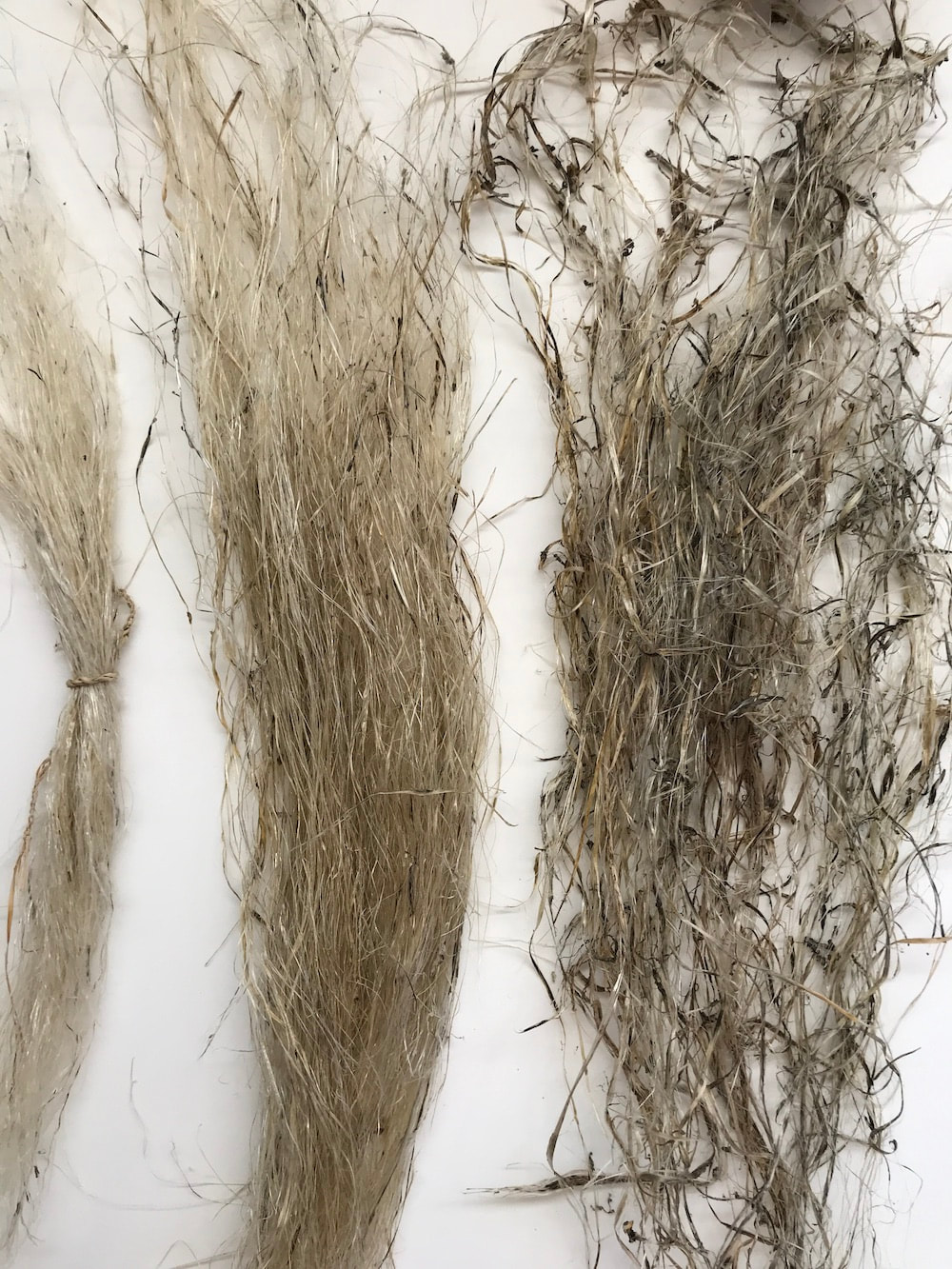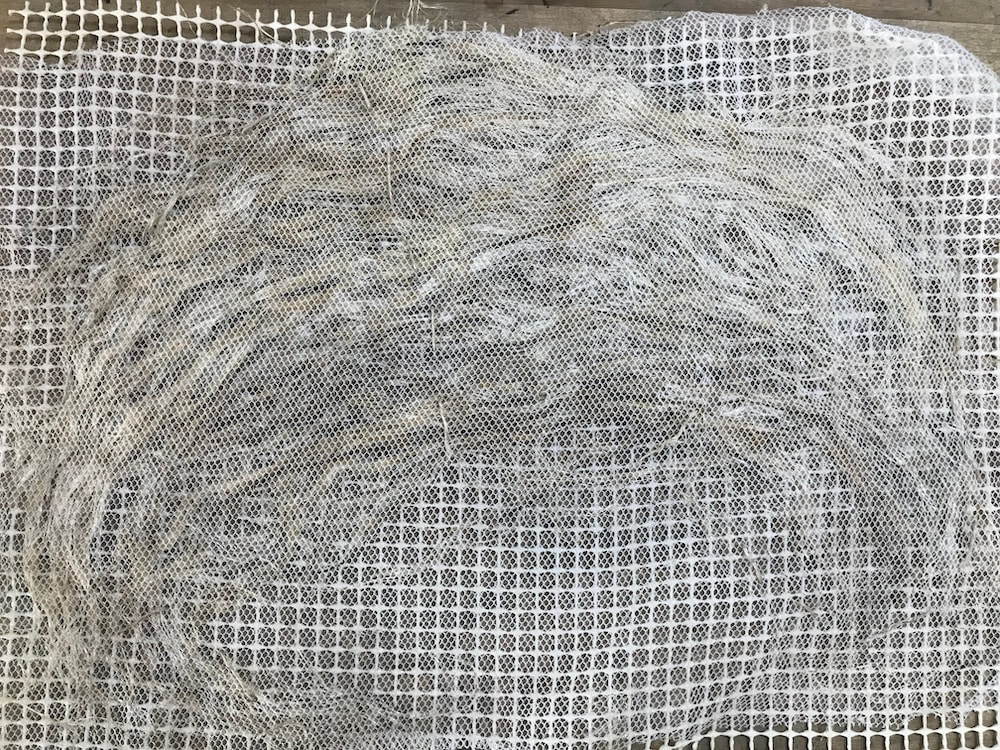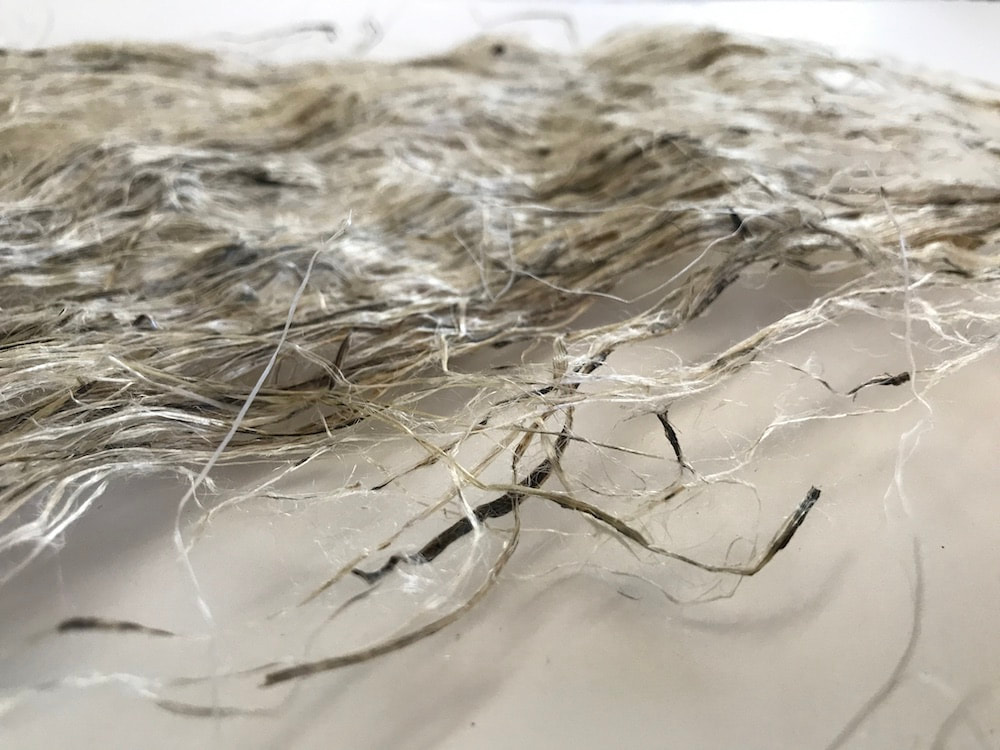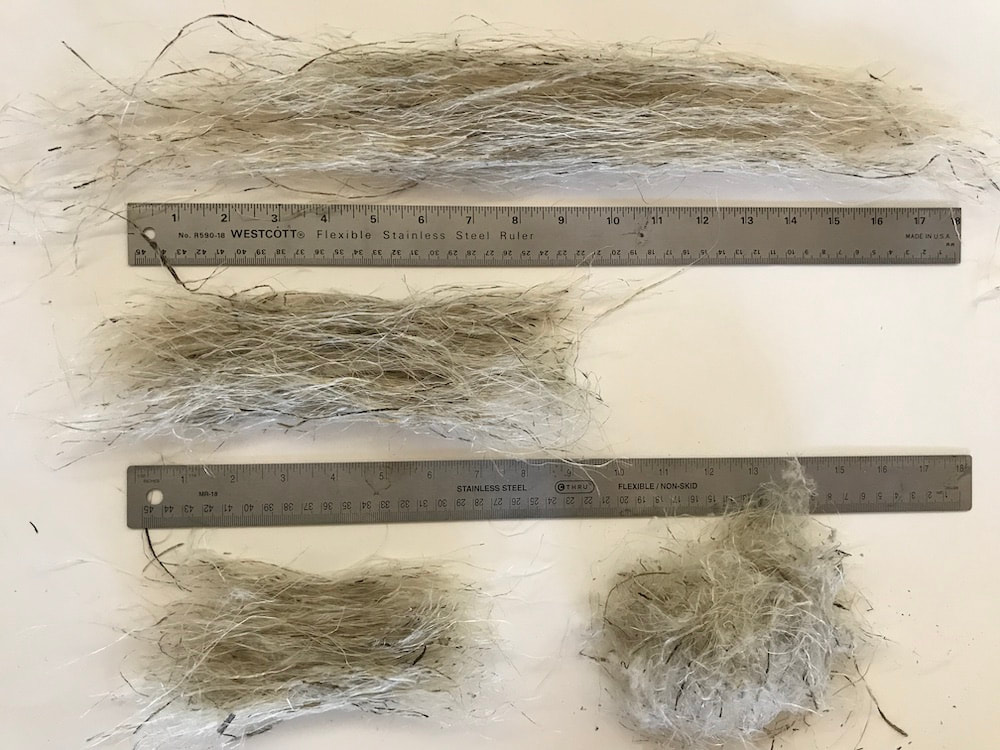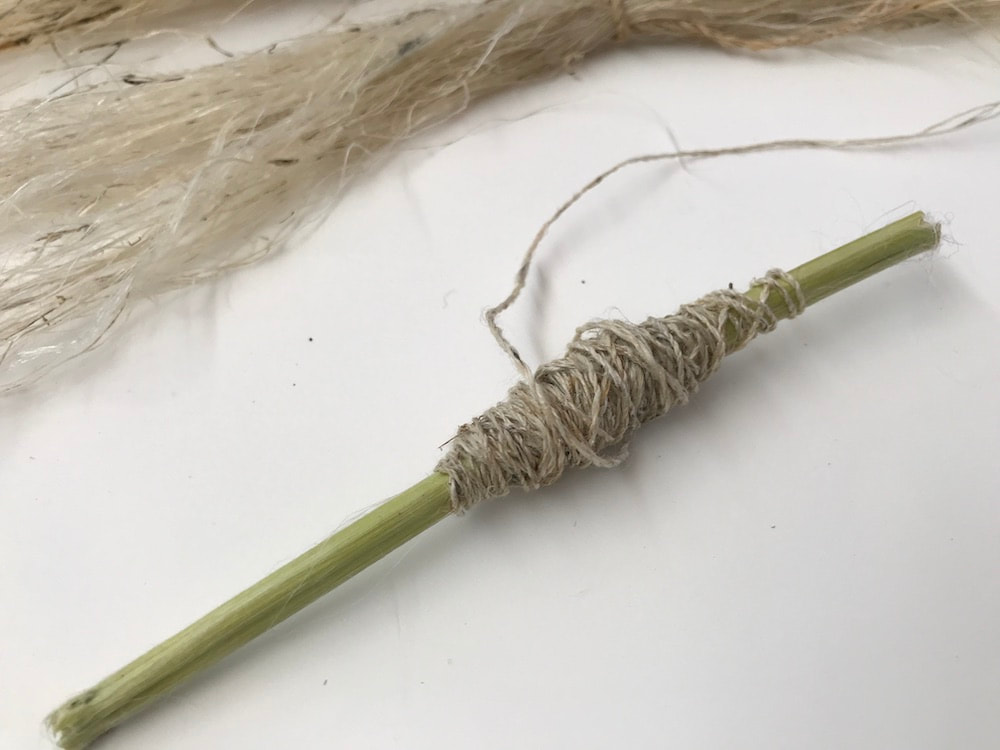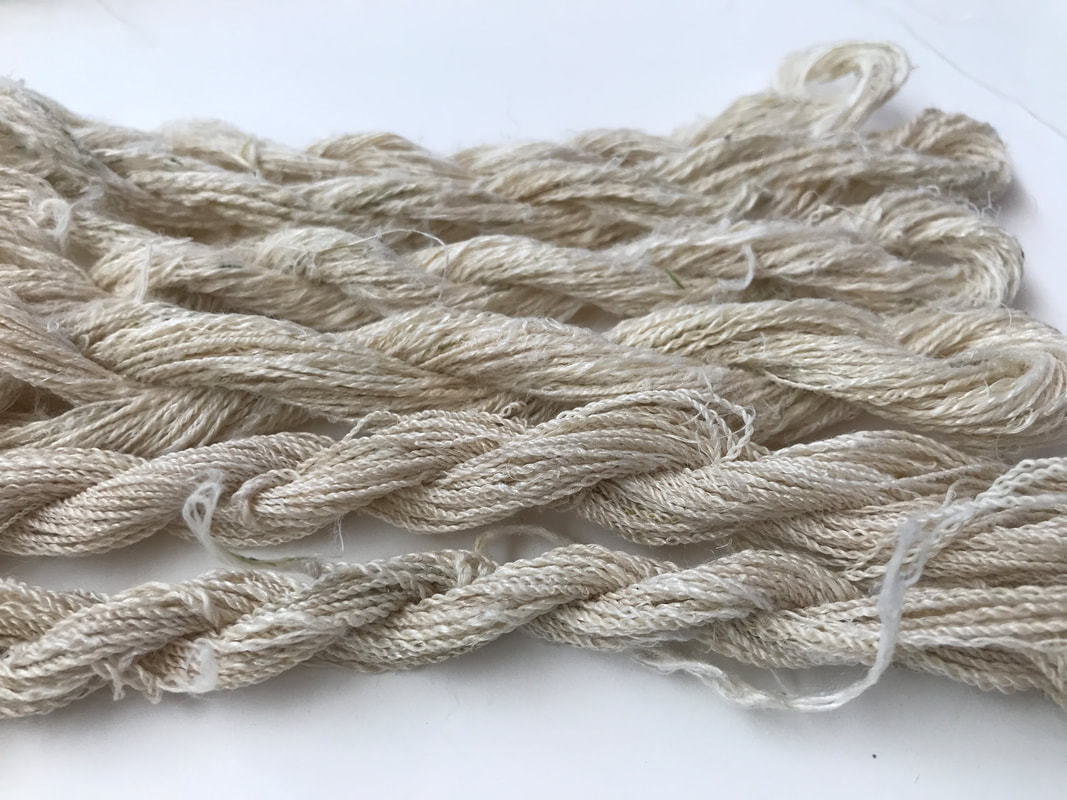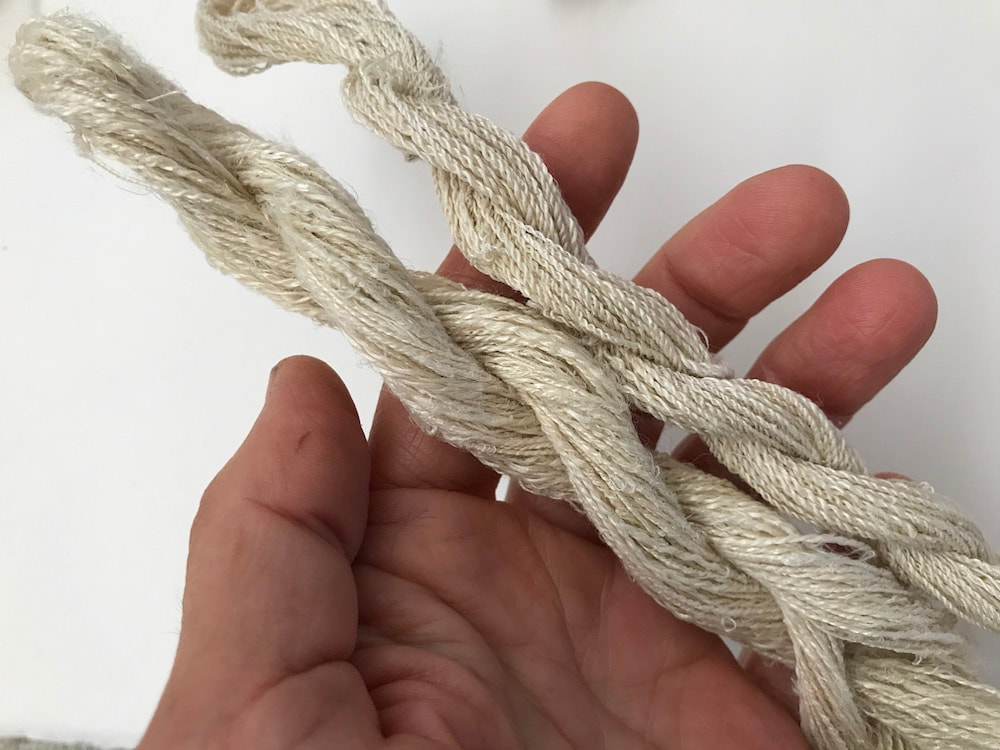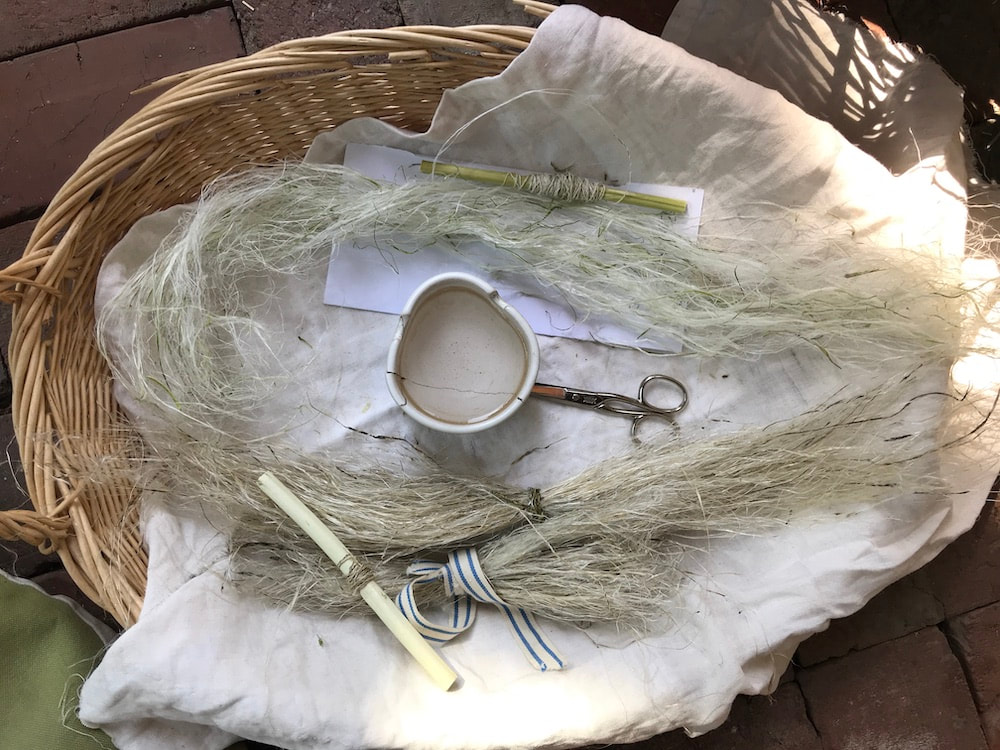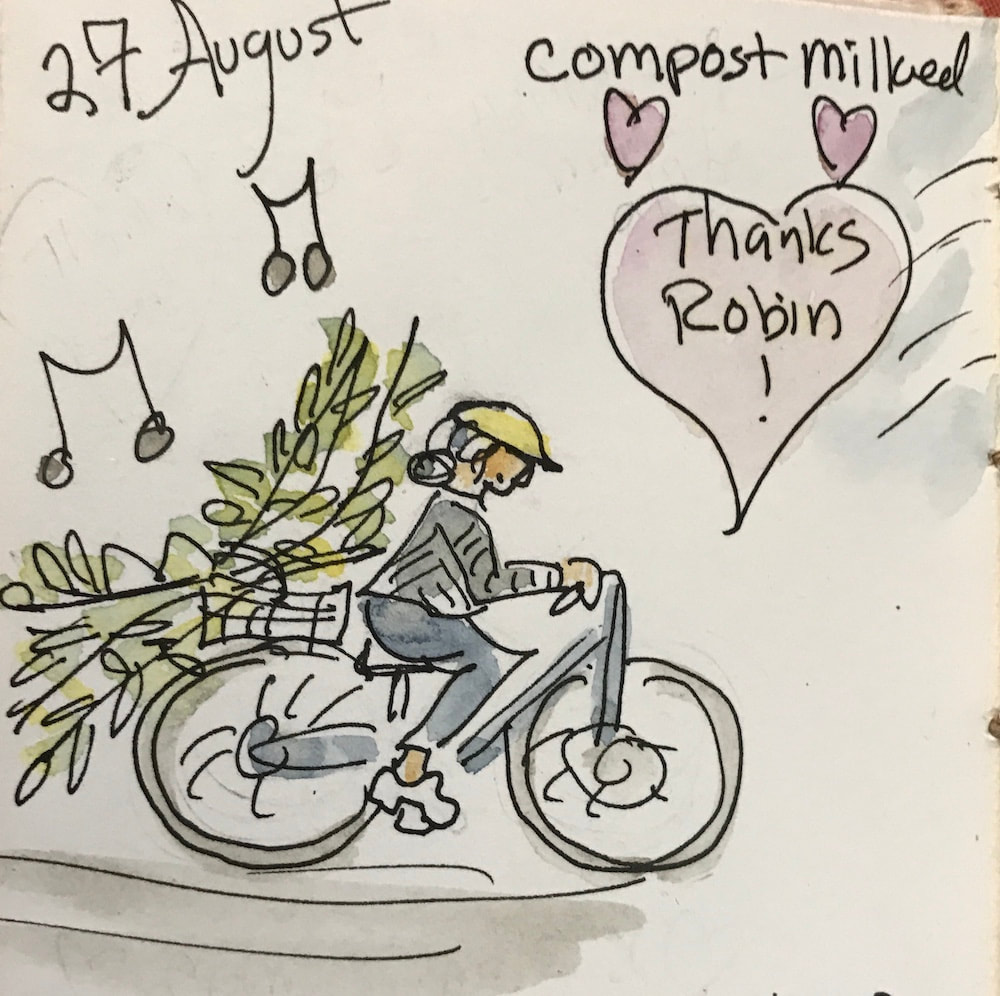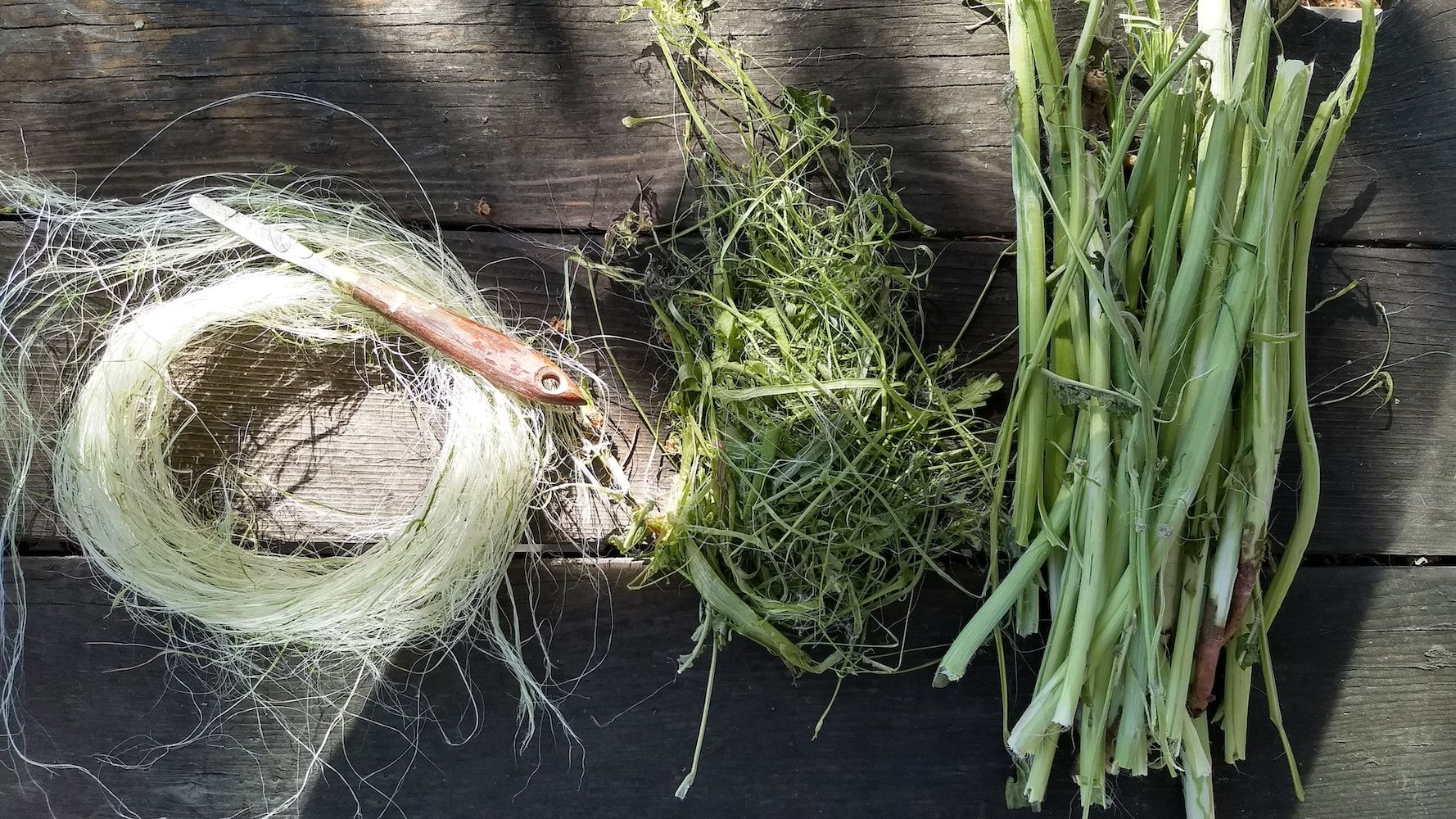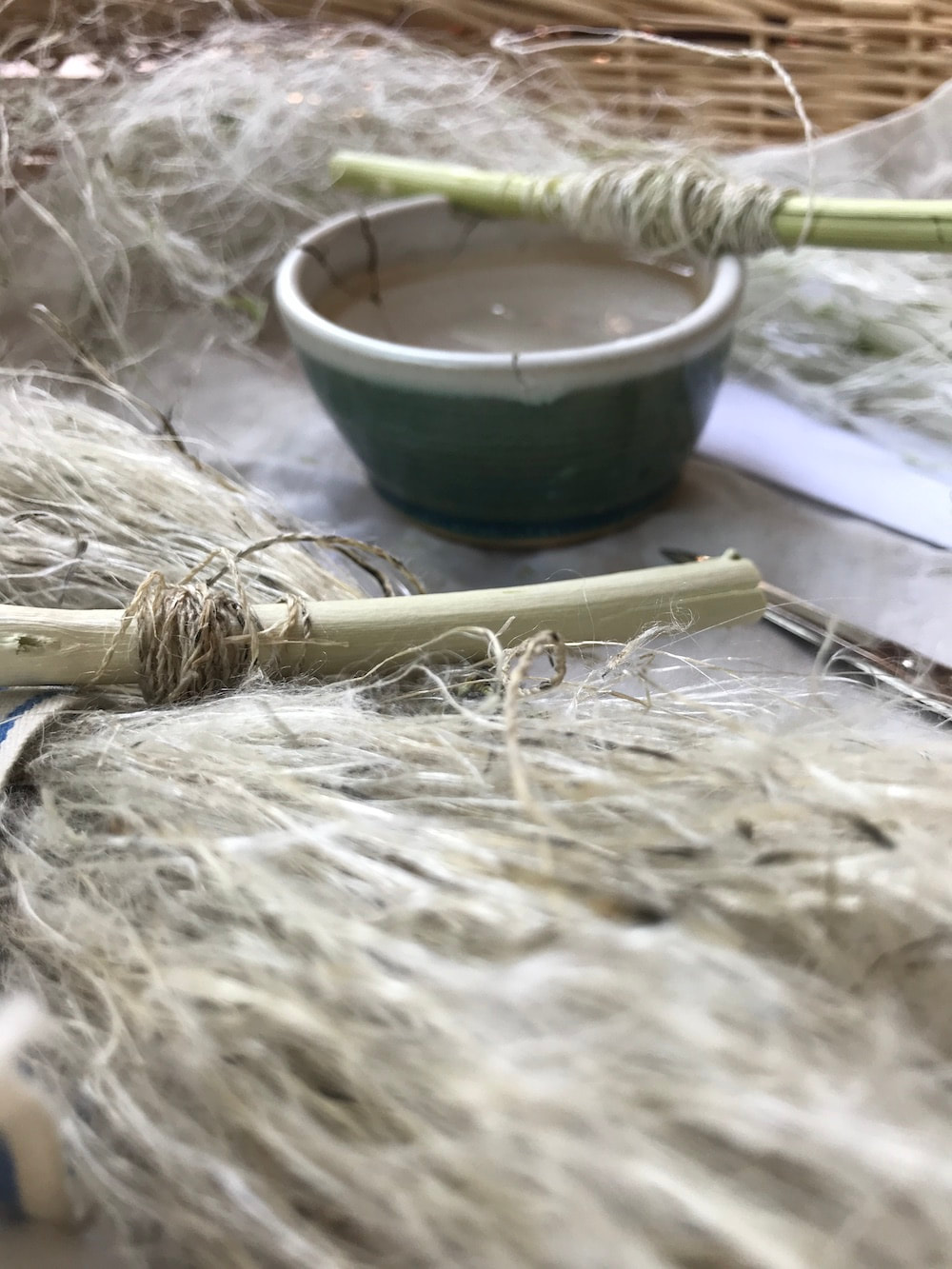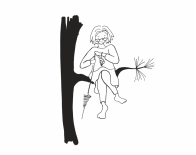does a gal have to take
of her backside
that enough is enough?
all I wanted was to show
that the reason
for the long narrow tapestry
with the endless slits--
than a desire to wear this skirt
(photo below)
without the bunchiness
of a belt.
And now I can!
Yet for some reason,
though it feels great on the inside,
my inner model and inner photographer
were not communicating this morning,
and every photo of the outside
is badly lit,
out of focus,
has me posed in front of
the only distracting object
on an otherwise empty wall,
or my hair is in the way.
And each time I checked out the photos
and said to my model,
"fix the elastic on your braid!"
did she do it?
Nope.
Ah well.
We all have our little skills.
the skirt is old favorite
that was designed, alas,
in that sartorially awkward moment
when retail clothing companies decided
that a "waist band" should sit
somewhere below one's belly button,
yet I've always loved it'
so awkward photos aside,
it is delightful to be able to wear it
without tripping over the hem
and/or displaying an unnecessary
amount of stomach.
to think of this solution
I've no idea,
as the fit of this
otherwise heavenly garment
has been annoying me for years.
like cameras
do not always focus
on the thing
that in hindsight
one might have preferred.
And since ideas
have their own pace
and agenda,
I can only be happy
that this one showed up at all.
I just cut the tapestry from my loom yesterday.
and wove in the the ends before supper.
After a quick bath
(a thing I do with all wool weft tapestries,
especially if it is a thing I'm going to wear --
though now that I think of it,
I'm not sure I've ever
woven an 'accessory' before),
I squeezed it in a towel,
laid it flat to dry,
and by this morning
it was ready for a nice steamy iron.
to weave slits/buttonholes at either end
so the suspenders (braces)
could also work
with this pair of pants
(extra satisfying when structure and function work together),
and am always happy
when Tucking The Tails
keeps stray weft strands
from sticking out hither and yon
on either back or front.
I'm not, however, entirely happy
with the bulges/folds of the tapestry fabric
above the tiny house center panel
where the front straps veer off to my shoulders
(clearly visible in the photo above),
and I believe next time I'd either
weave two separate straps
that literally cross in the back,
or make that center panel wider
so there was more of an H
and a shallower shoulder angle.
This last would also make
a useful design space--
room for an entire landscape perhaps,
or, as in many Coptic garments,
a face looking ever outwards
watching your back,
and noticing
where you've been.
I want to try them all.
Woven words?
(Logger World is traditional
though what a place for haiku...)
Or a person could use a backstrap loom
and a rigid heddle
to weave a long narrow strip
of needlepoint canvas
then embellish it
with.... anything at all.
And what about
warp faced pick up?
Oh dear. Off I go.
Please--
save me from this idea storm
and try one or two yourself?
What better way
to show off your glorious work,
and saying what you have to say
than by wearing your heart
on your shoulders?
And now that I think of it
this 194 grams of milkweed fiber
(and some willow as well),
are calling my name--
really loudly.
Perhaps they, too,
have a sartorial plan
(not yet revealed),
that will allow them to travel
exciting places
like --
curbside pick up
at the grocery store.
